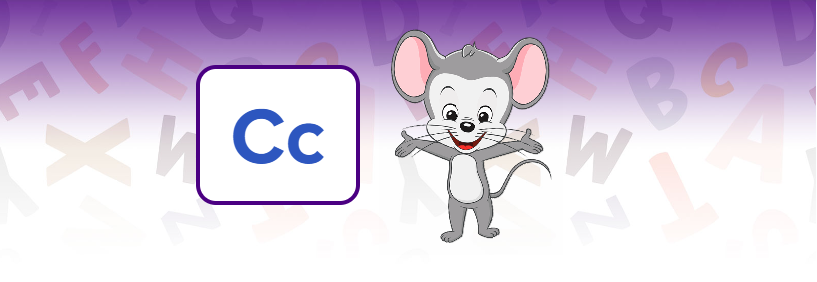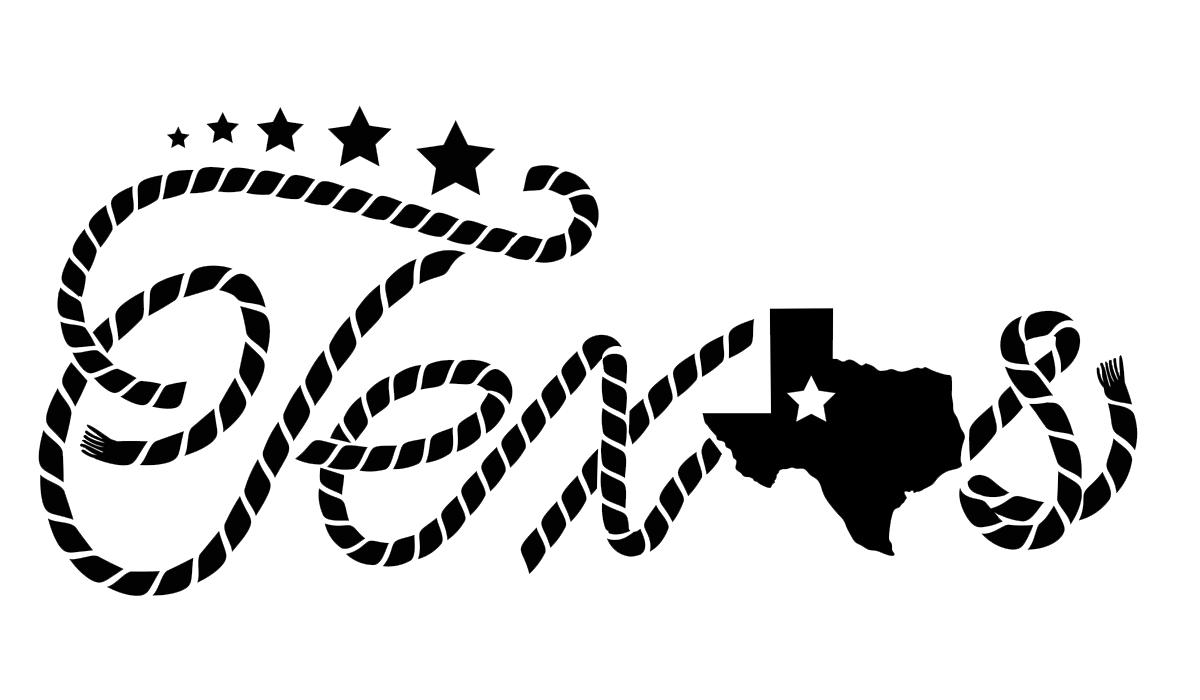

90+ Fun Texas Facts Kids Will Love to Learn
(Free Printable List)
Share
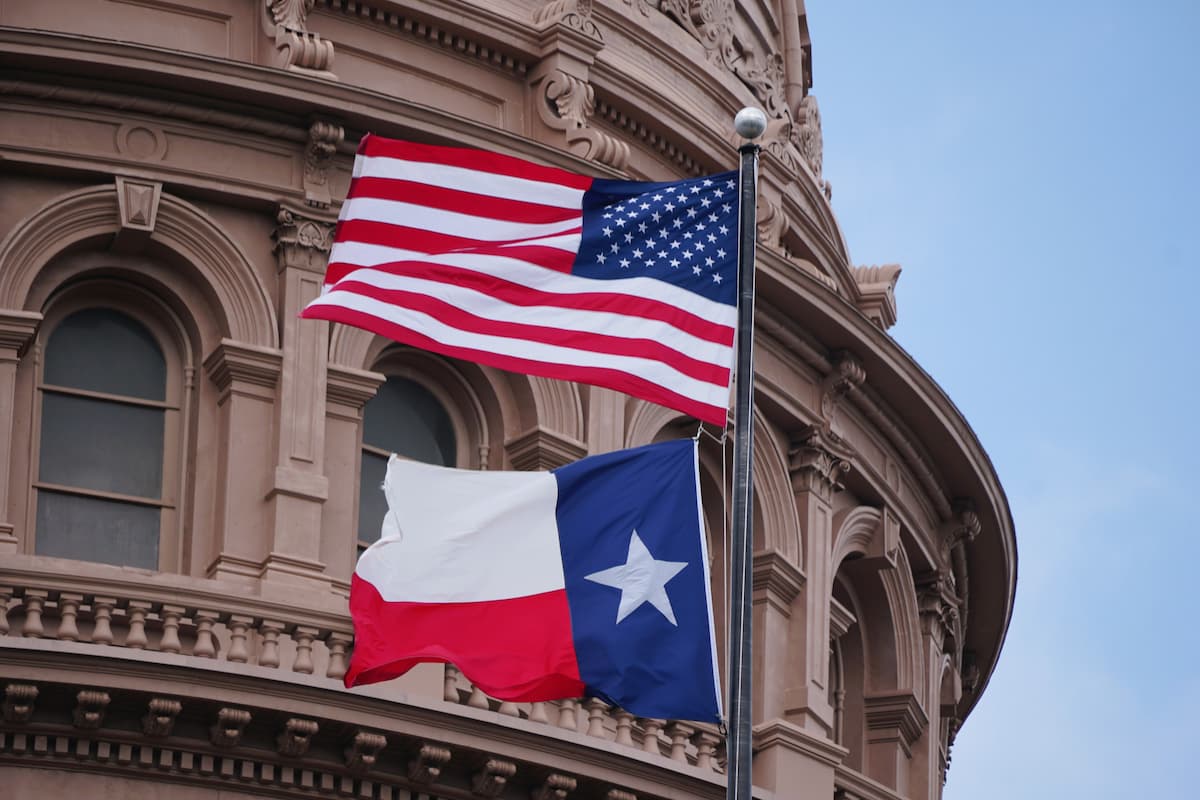
Six flags have flown over the Lone Star State, and each one tells a story. From Spain to Mexico, from being its own republic to joining the United States, Texas has a rich and exciting history. But that’s just the beginning. These fascinating facts about Texas include information about its size, wildlife (armadillos and alligators!), state symbols, and more, proving that everything really is bigger here!
Share these Texas facts for kids with your child or student by printing them out or reading them together online. They’re terrific for the classroom, to help prepare for a family trip, or just to learn more about the second-largest state in the U.S!

TEXAS STATE FACTS
State Nickname:
The Lone Star State
Date of Statehood:
December 29, 1845
State Capital:
Austin
State Sport:
Rodeo
State Motto:
“Friendship”
State Dish:
Chili
State Animal:
Texas Longhorn (and others)
State Butterfly:
Monarch
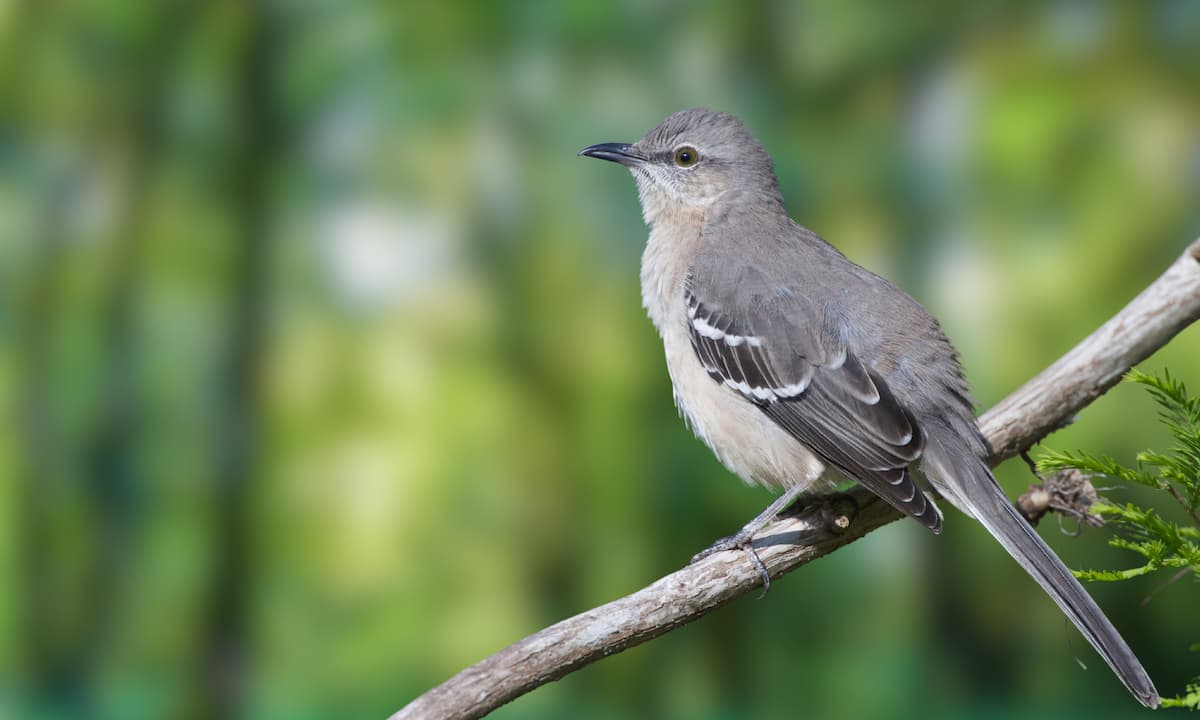
State Bird: Mockingbird
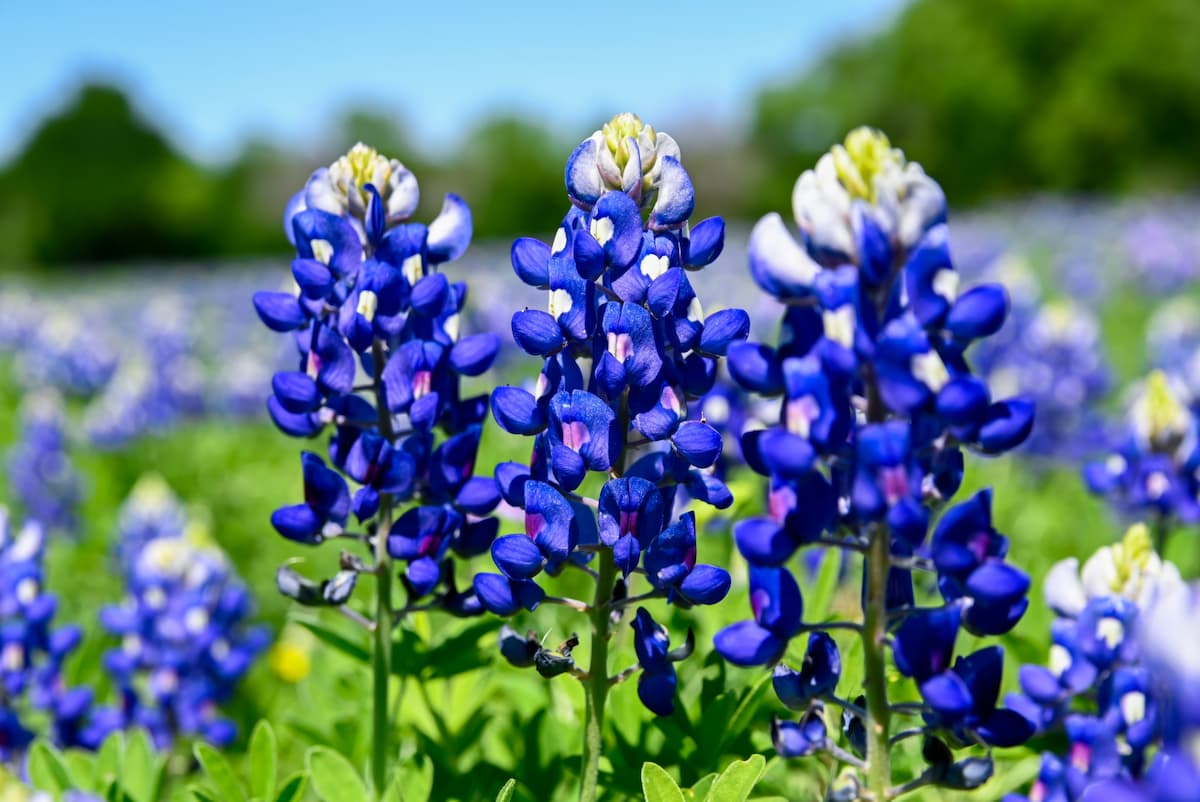
State Flower: Bluebonnet
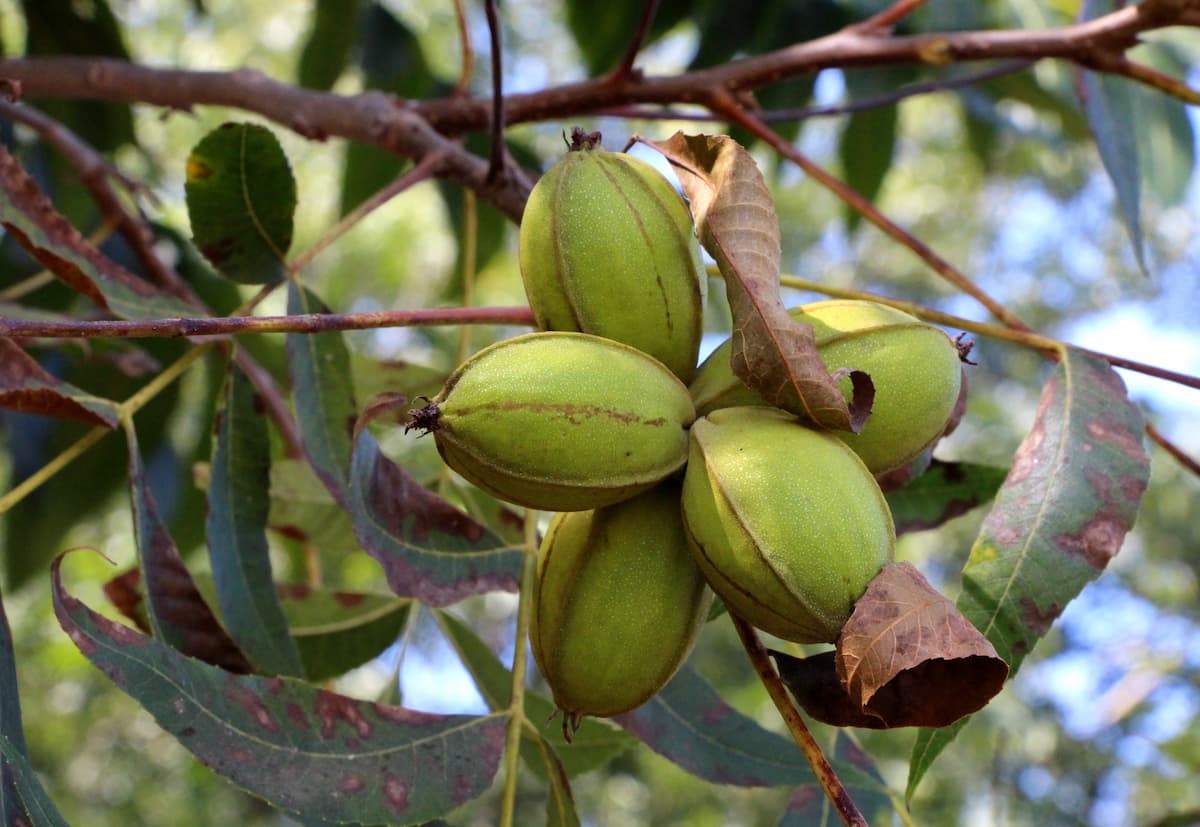
State Tree: Pecan Tree
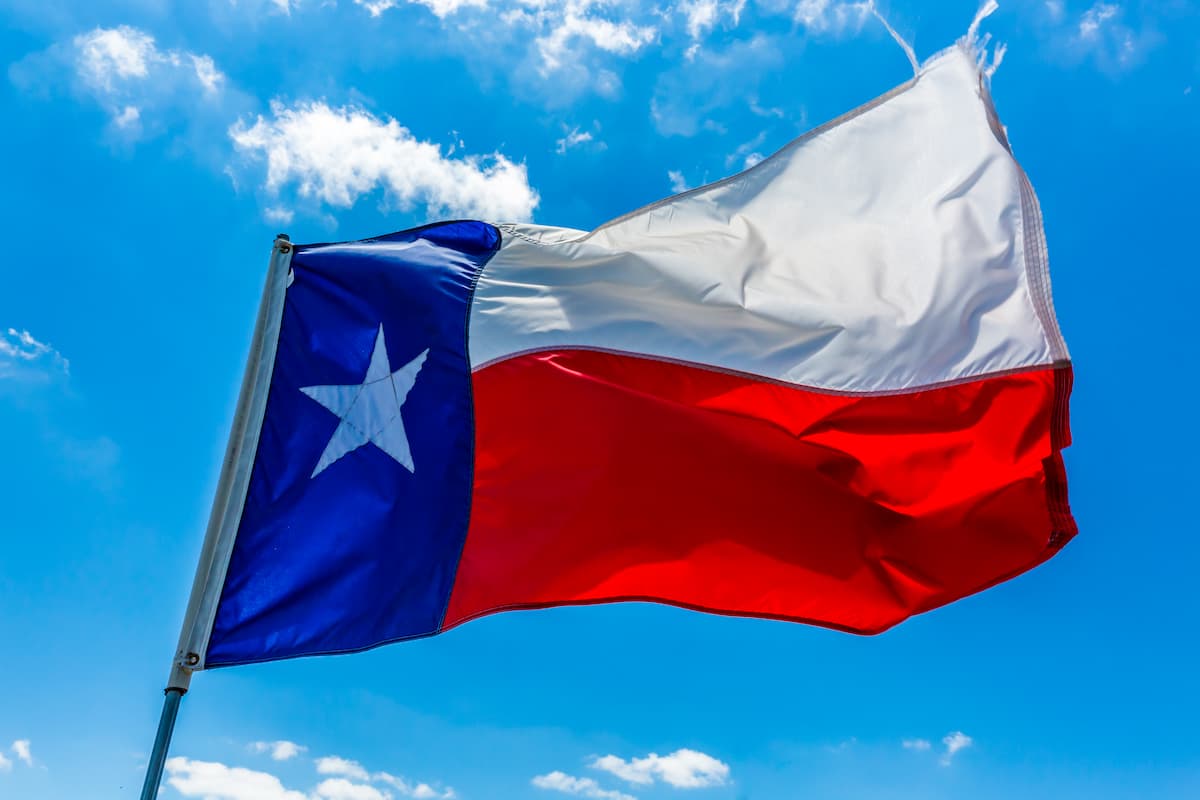
State Flag:
Lone Star Flag
?
DID YOU KNOW?
A total of six flags have flown over Texas: France, Spain, Mexico, the Republic of Texas, the Confederate States of America, and the United States of America. Note: some historians argue France never governed firmly, but this is widely accepted cultural history.

FUN FACTS ABOUT TEXAS
Fun Fact #1:
Texas is the second largest state after Alaska, at 268,820 square miles. Texas is so big, it’s larger than the country of France!
Fun Fact #2:
The Congress Avenue Bridge in Austin is home to the world’s largest urban bat colony. Up to 1.5 million Brazilian free-tailed bats call the bridge home in summer. People watch them emerge to hunt at dusk each evening in a spectacular display.
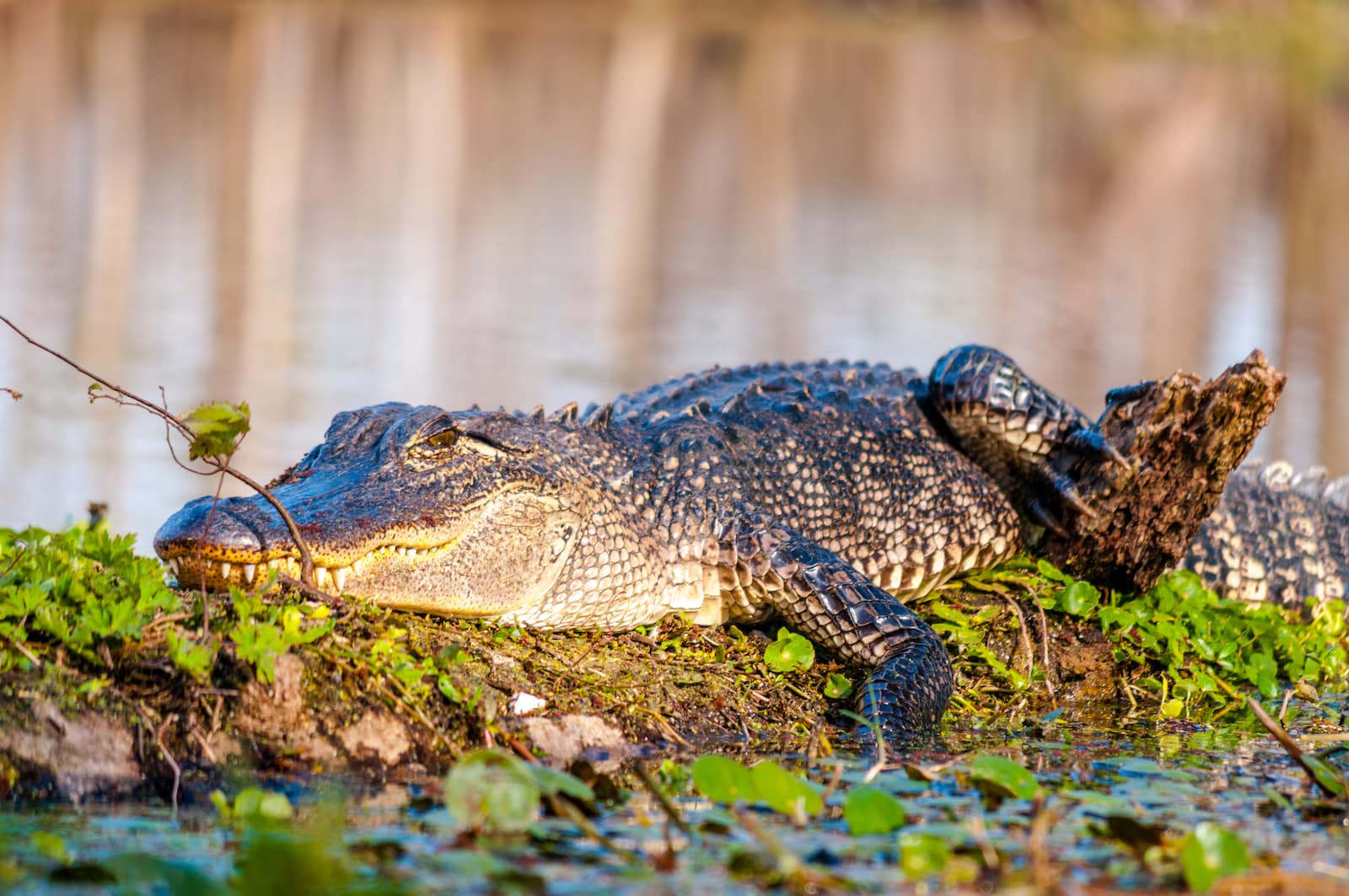
Alligator in a State Park
Fun Fact #3:
Alligators live in Texas, especially in the eastern swamps and wetlands.

San Antonio, Texas
Fun Fact #4:
The largest cities in Texas are Houston, San Antonio, Dallas, Austin, and Fort Worth.
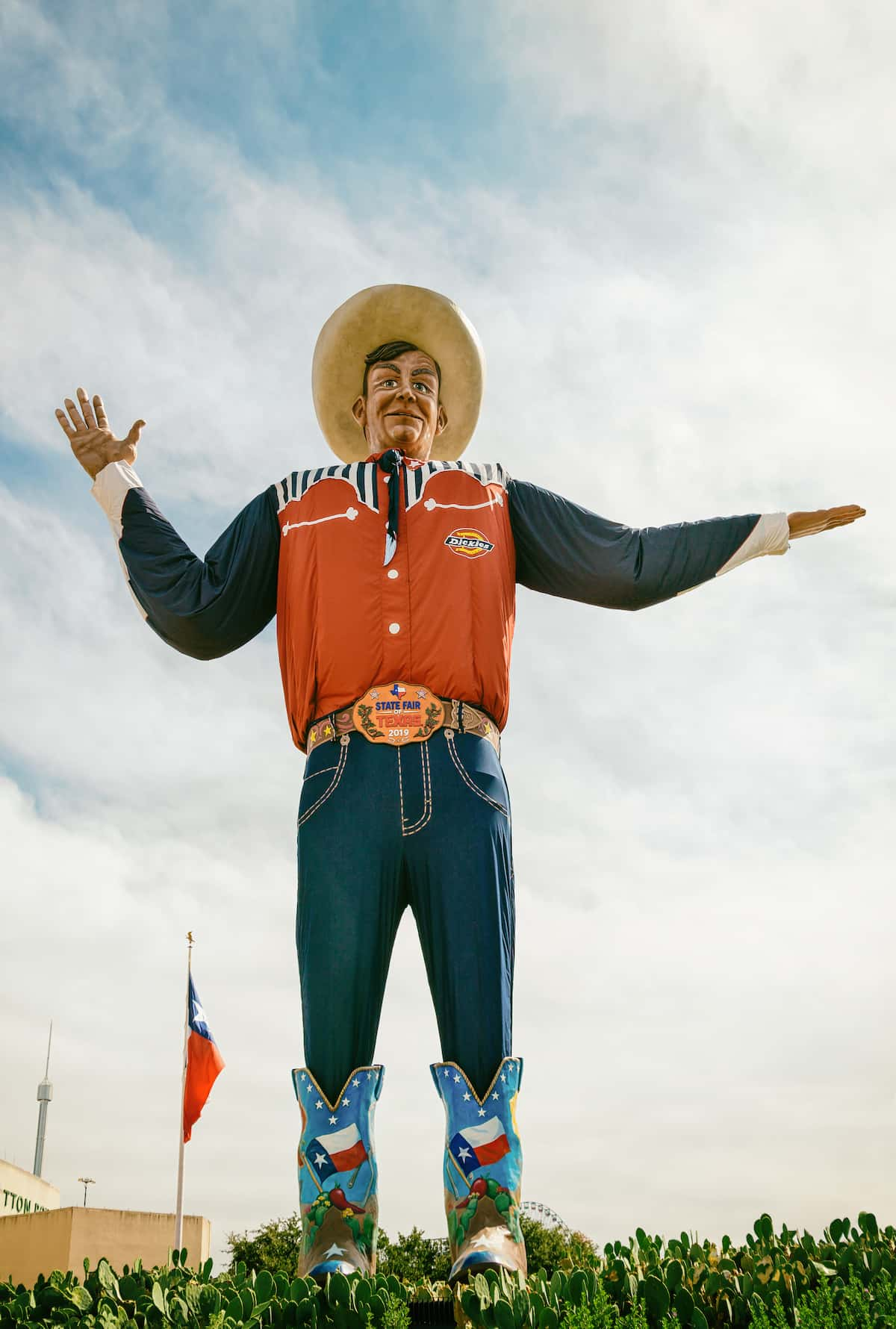
Big Tex Statue
Fun Fact #5:
At the State Fair of Texas in Dallas, there’s a giant cowboy statue named Big Tex. He’s 55 feet tall, and greets fairgoers with a hearty, “Howdy, folks!”
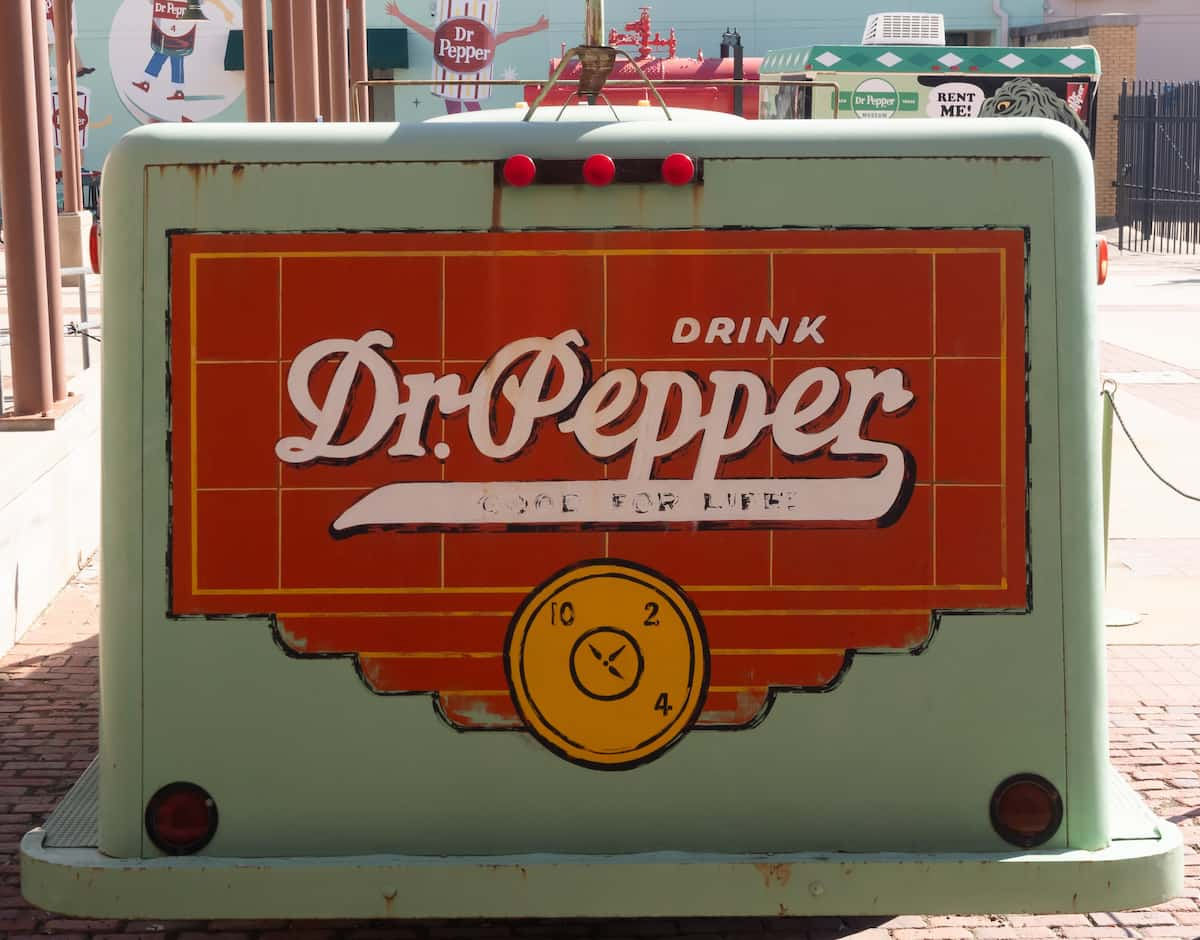
Dr Pepper Museum
Fun Fact #6:
Dr Pepper was invented at Morrison’s Old Corner Drug Store in Waco, Texas, in 1885. That makes it the oldest major soft drink brand in America.

Dragon Stadium in Southlake Texas
Fun Fact #7:
High school football is incredibly popular in Texas. Some schools have stadiums that can seat 20,000+ people.

Active oil rig in the Texas Panhandle
Fun Fact #8:
Texas’s major industries include oil and natural gas, livestock and agriculture, aerospace and aviation, and tourism.

Fun Fact #9:
The official state motto is “Friendship,” but unofficially, people are more likely to say, “Everything’s bigger in Texas!”
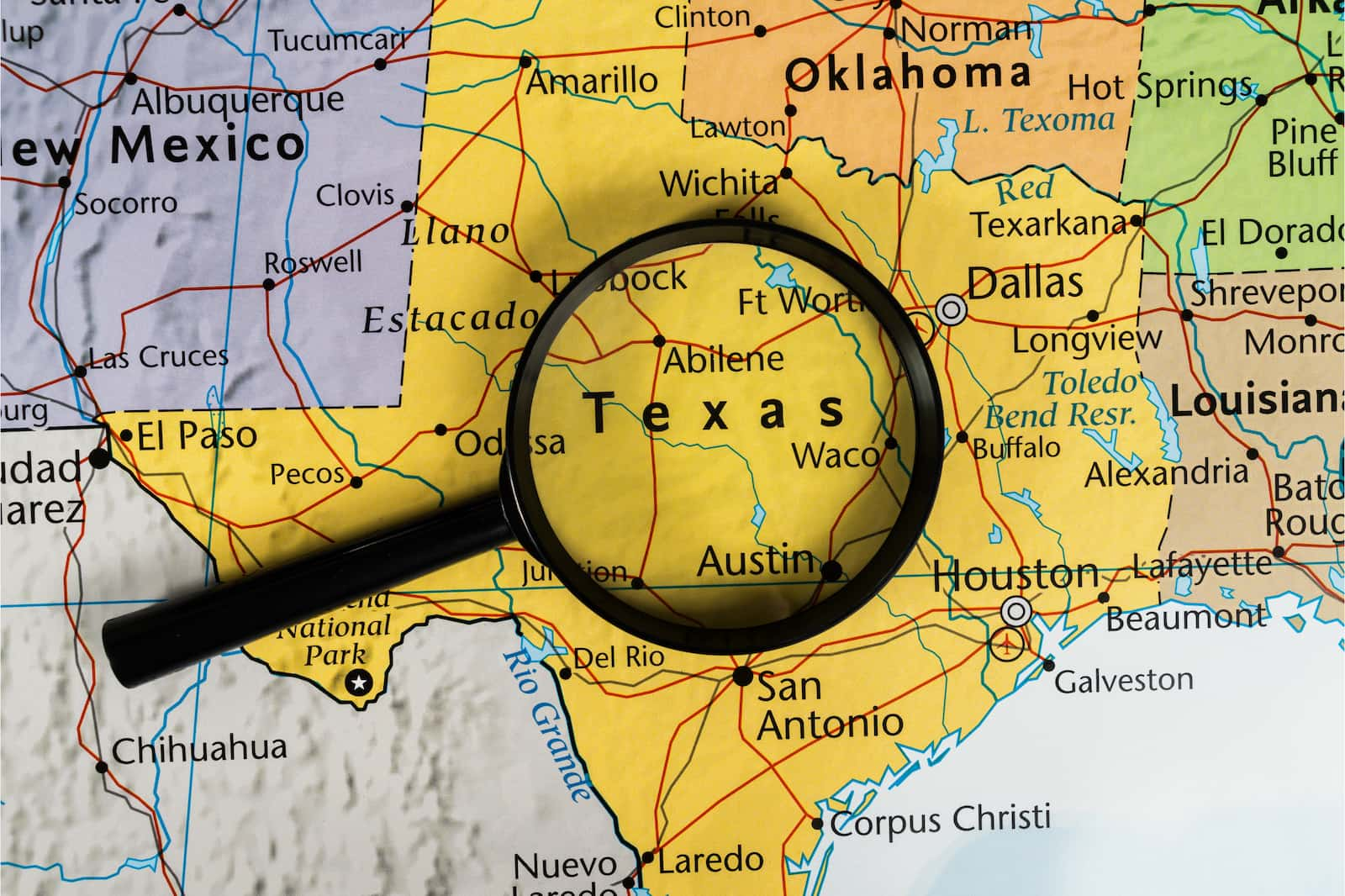
Fun Fact #10:
Native peoples used words like tejas, texias, and tayshas to describe other people living in the area; these words are believed to mean “friends.” Over time, the words became associated with the region, eventually leading to “Texas” as the name of the state.

TEXAS GEOGRAPHY FACTS
Regions:
Gulf Coastal Plains, the Interior Lowlands, the Great Plains, and the Basin and Range Province
Climate:
Humid subtropical in the east half of the state, semi-arid to arid in the west
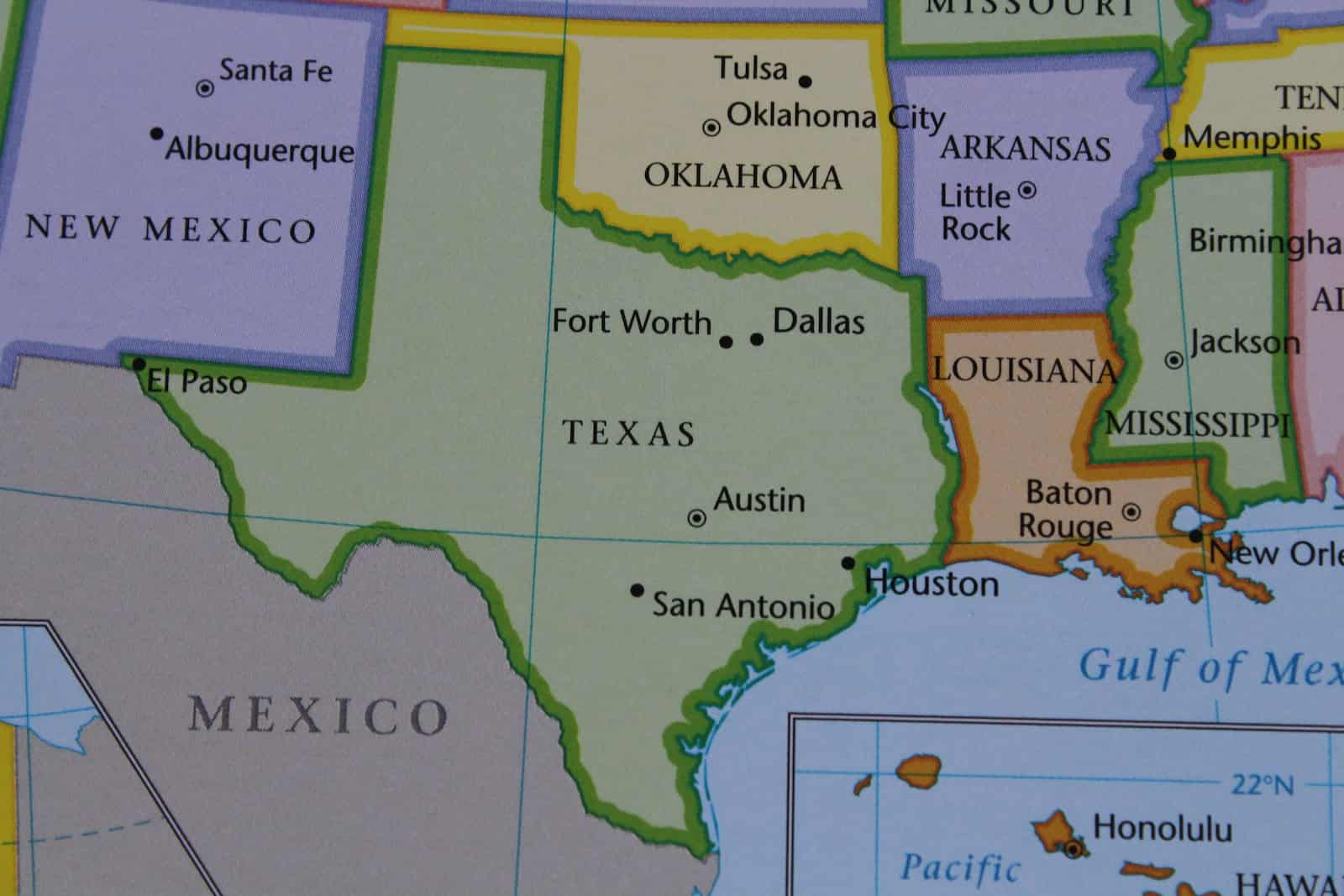
Location:
Bordered by New Mexico to the west, Oklahoma to the north, Arkansas to the northeast, Louisiana to the east, and Mexico to the southwest, with the Gulf of Mexico along its southeastern coast
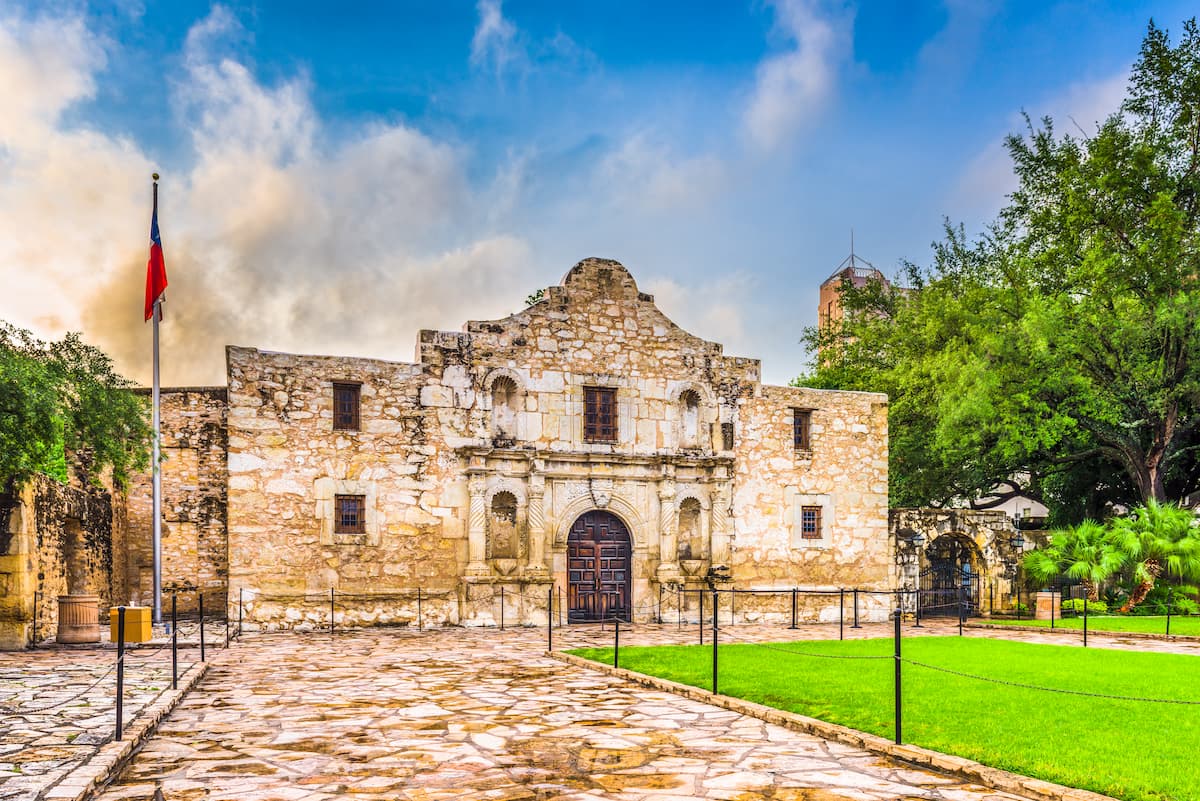
The Alamo in San Antonio
Landmarks:
Alamo, San Antonio River Walk, Texas State Capitol, NASA’s Johnson Space Center, Padre Island National Seashore, Fort Worth Stockyards, Natural Bridge Caverns
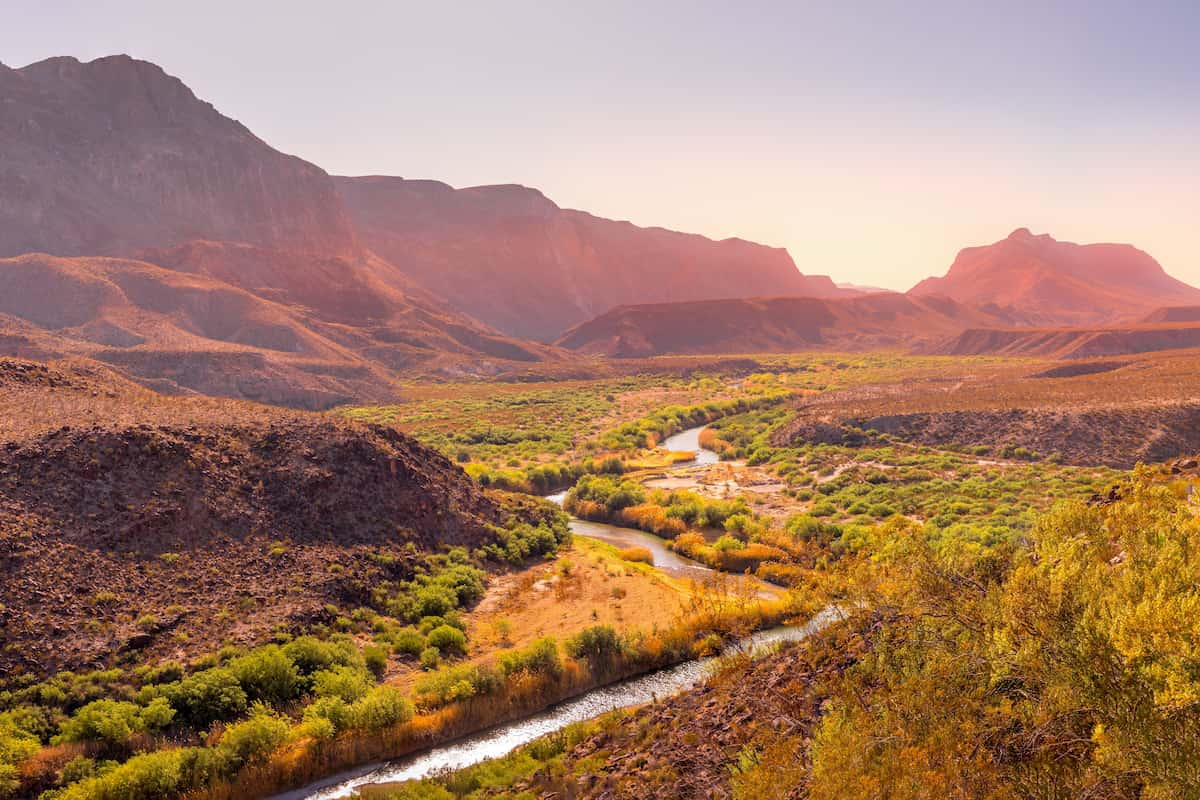
Big Bend National Park
National Parks:
Big Bend National Park, Guadalupe Mountains National Park
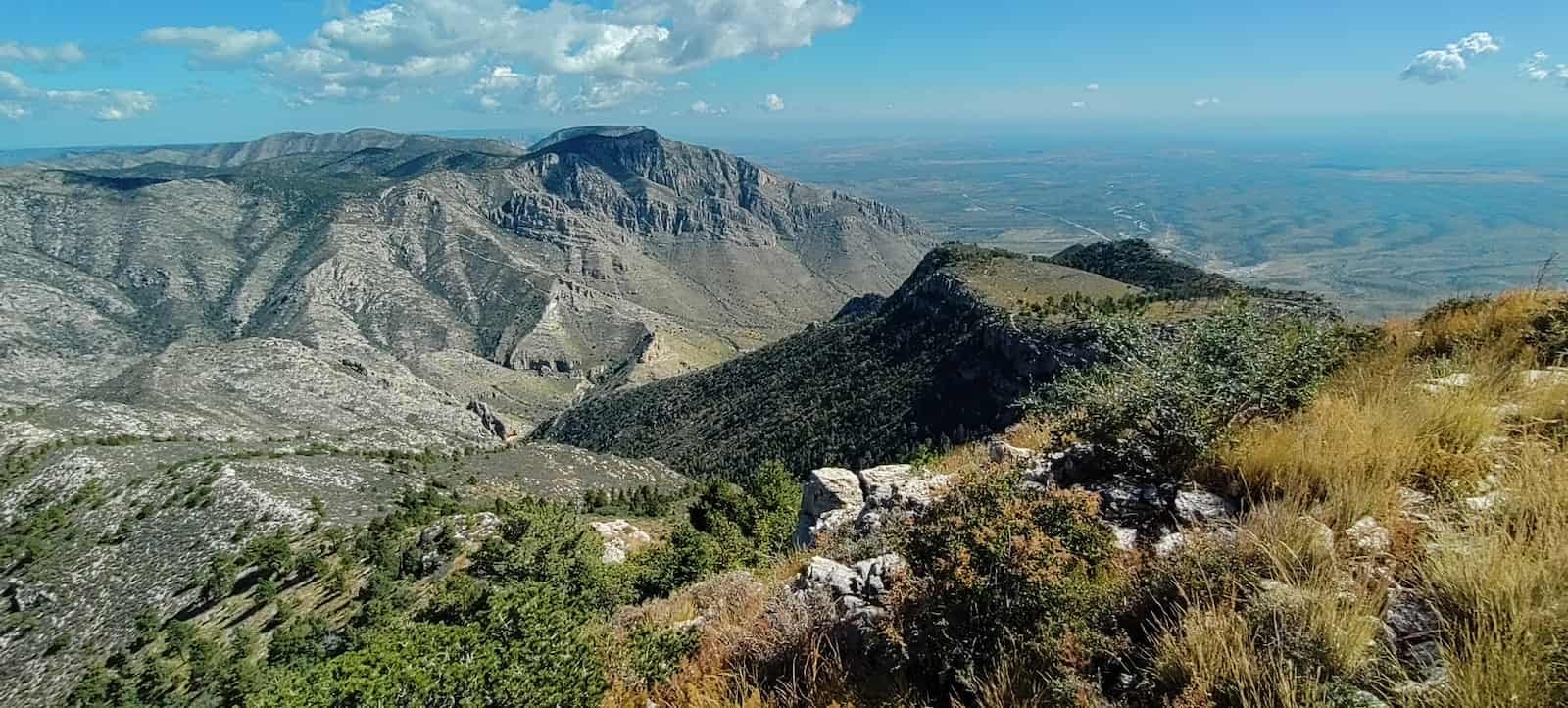
Scenic View of Guadalupe Mountains
Mountain Ranges:
Guadalupe Mountains, Davis Mountains, Chisos Mountains, Franklin Mountains
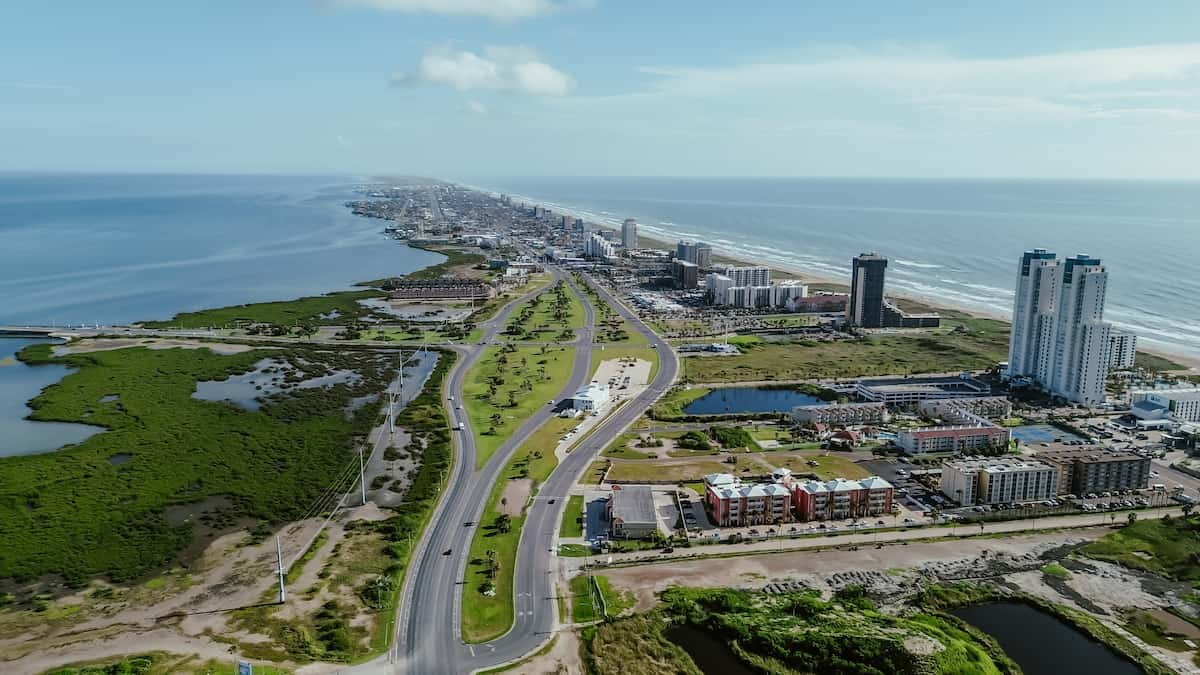
South Padre Island
Ocean Front:
Southeast Texas stretches for nearly 370 miles along the Gulf of Mexico, from the Louisiana border south to Mexico.
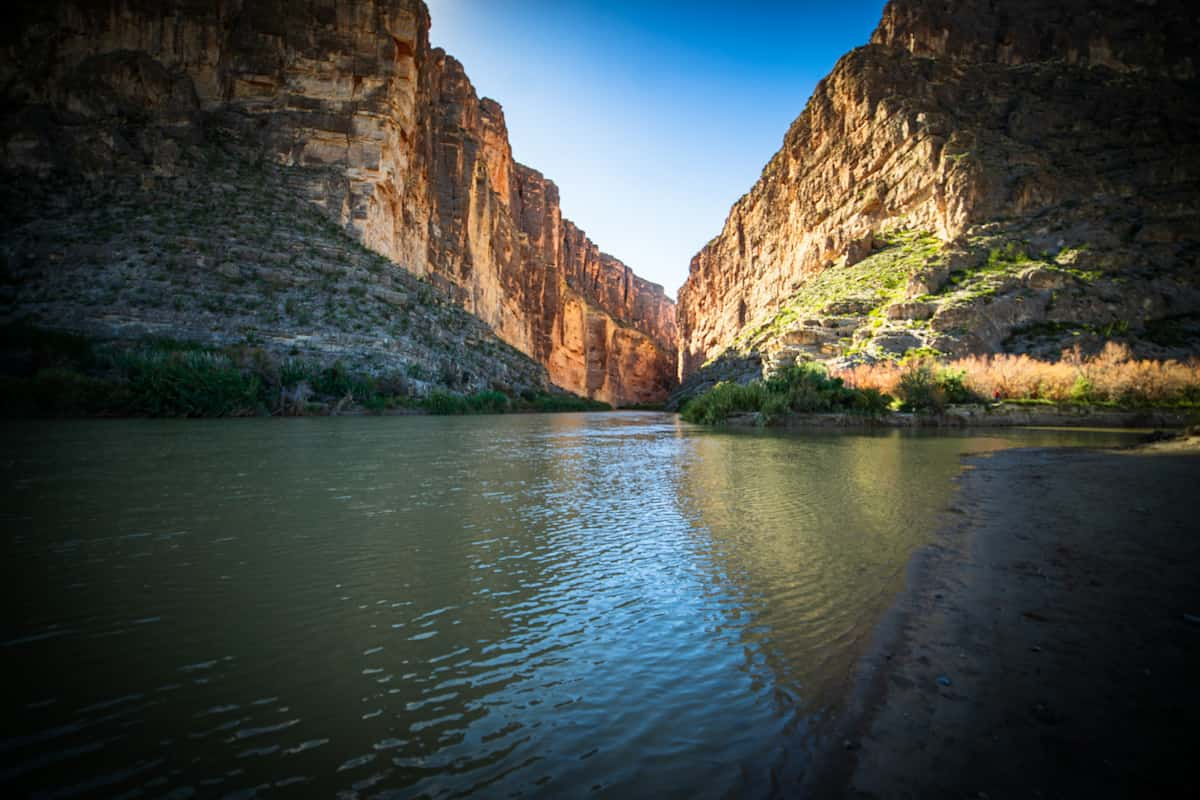
The Rio Grande at Santa Elena Canyon
Rio Grande:
This river forms the border between the U.S. and Mexico along the southern edge of Texas. It’s the only major river system in the Chihuahuan Desert, and the longest in Texas.
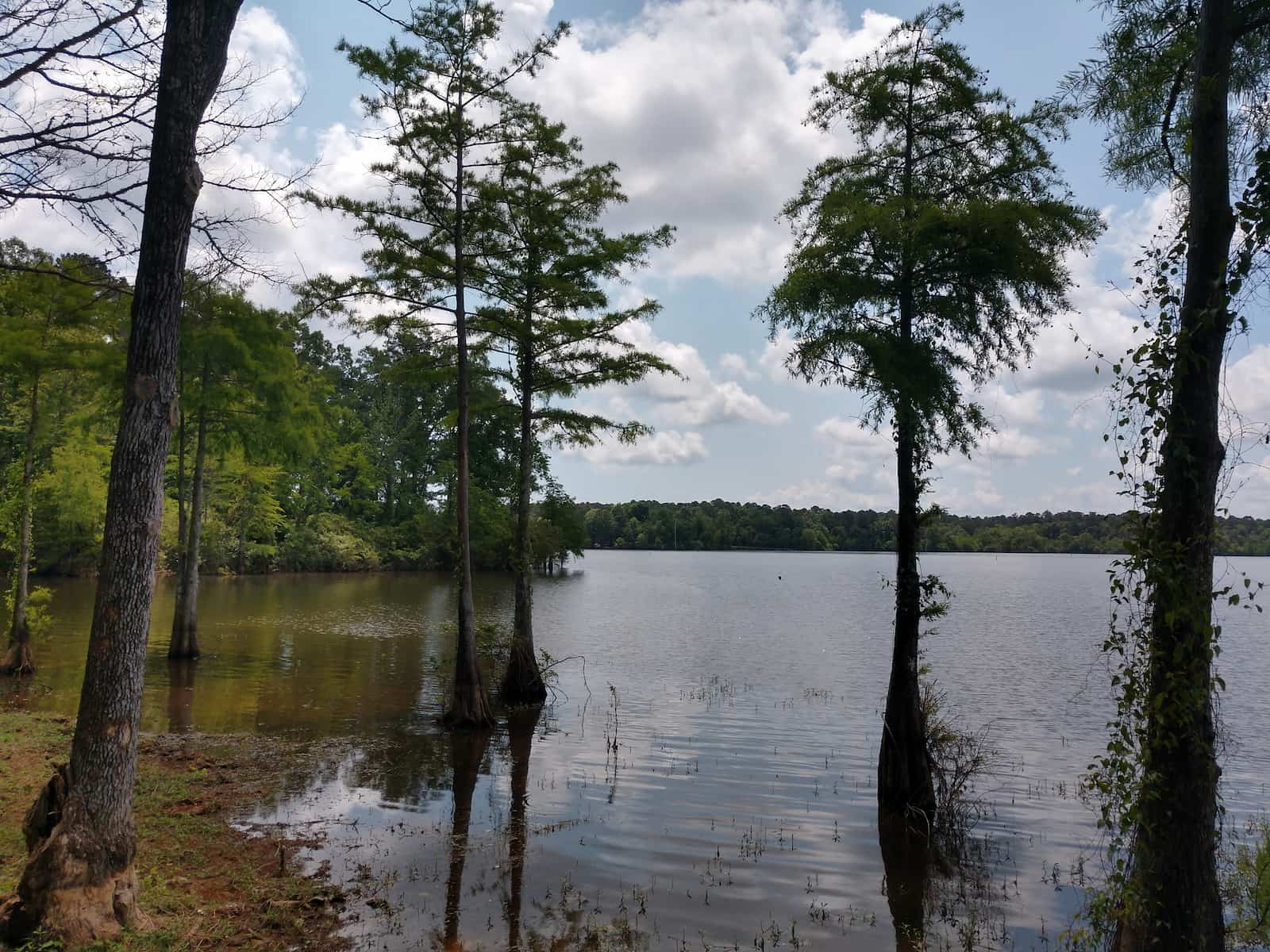
Toledo Bend Lake Swamp
Lakes:
The largest lakes in Texas are Toledo Bend, Sam Rayburn, Amistad, Falcon, Livingston, and Lake Texoma. These vast reservoirs support water supply, recreation, and flood control across the state. Some span state borders.
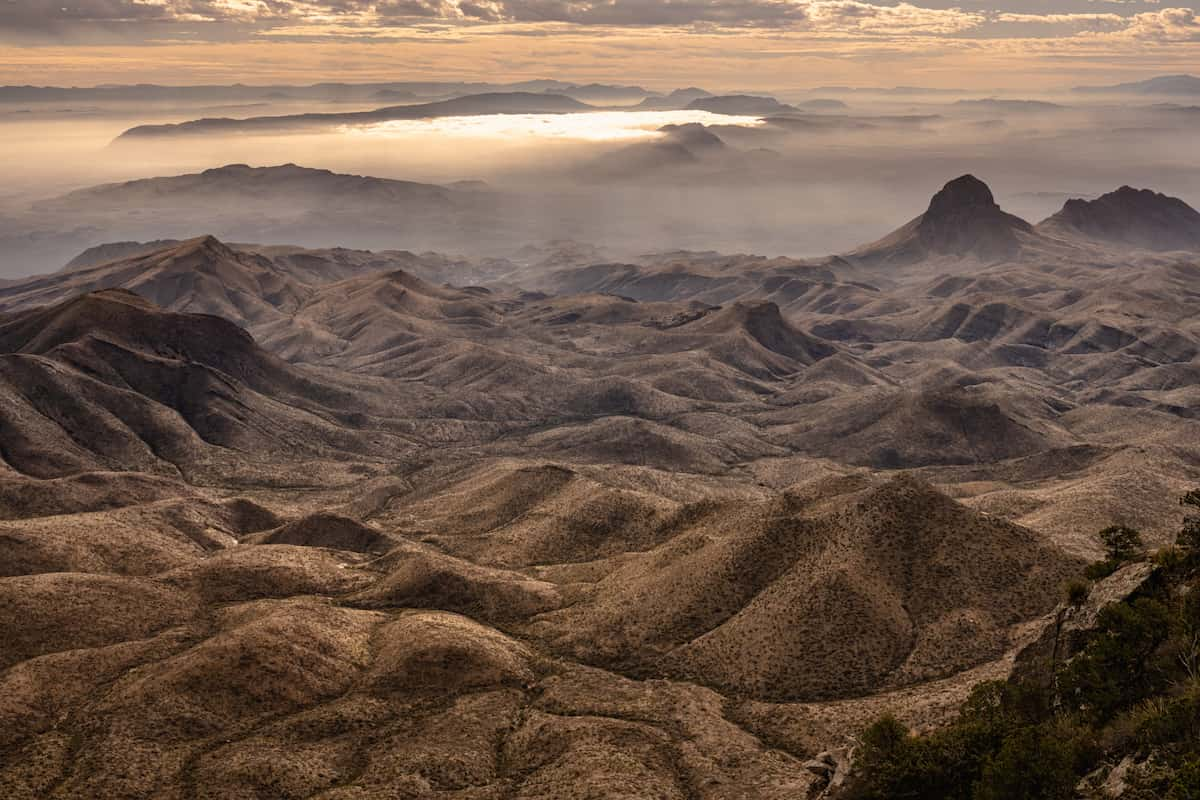
Chihuahuan Desert
Chihuahuan Desert:
This is one of the largest deserts in the U.S., and one of only four found in the whole country. It covers about 200,000 square miles in Mexico and the U.S.; in West Texas, it spans the Trans-Pecos.
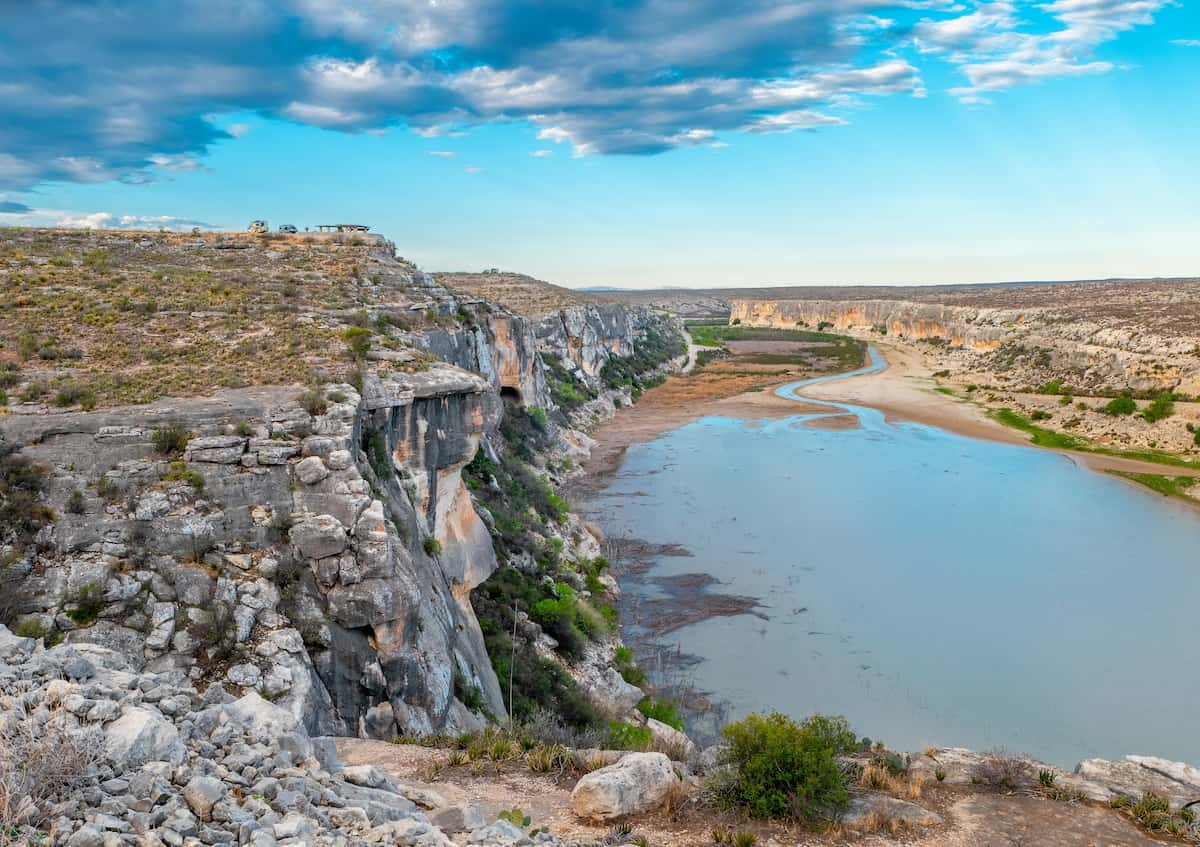
Pecos River
More River Systems:
Brazos River, Pecos River, Colorado River, Red River, Canadian River
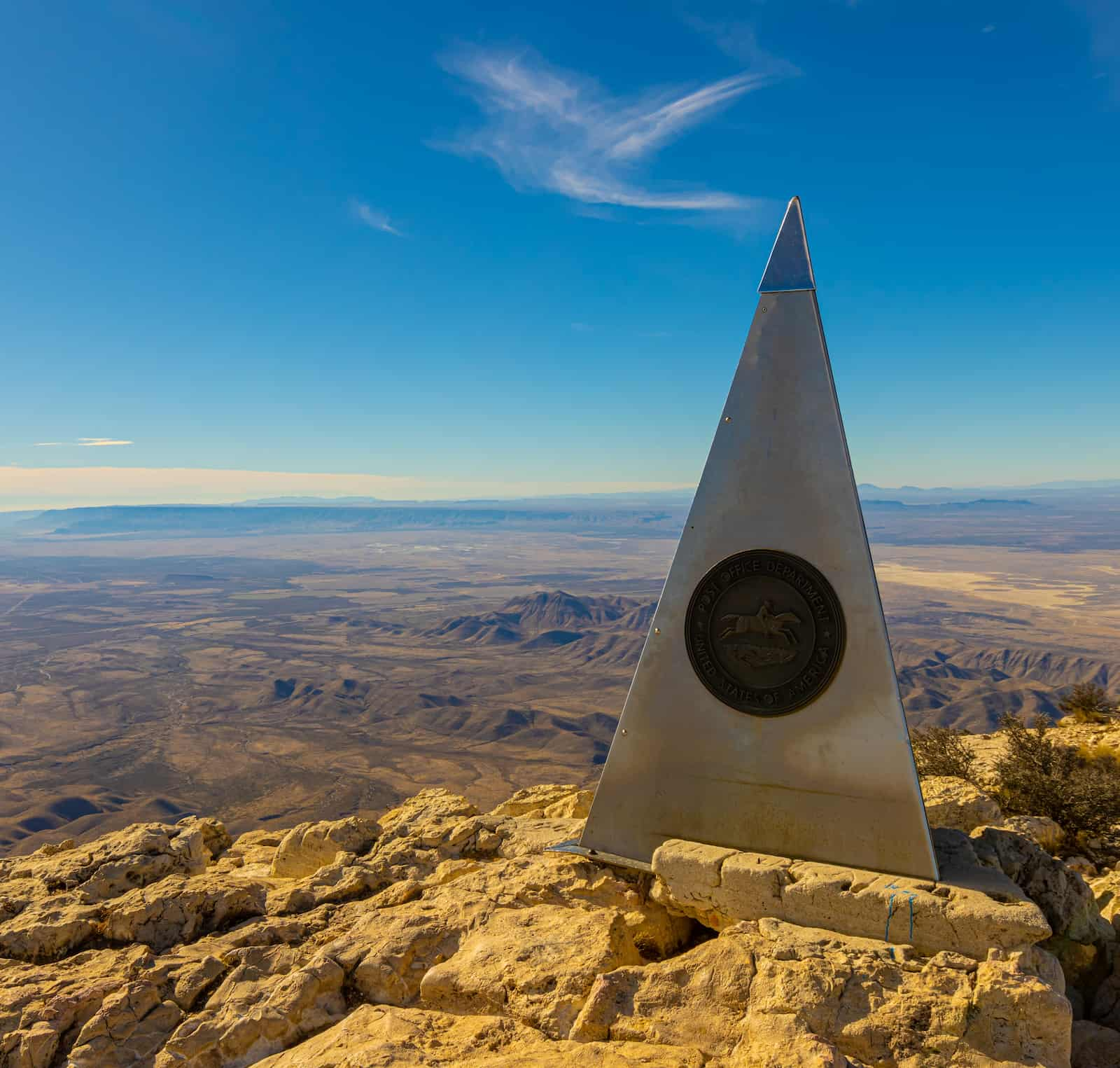
Guadalupe Peak
Highest Point:
Guadalupe Peak, 8,751 feet

TEXAS WILDLIFE & NATURE FACTS
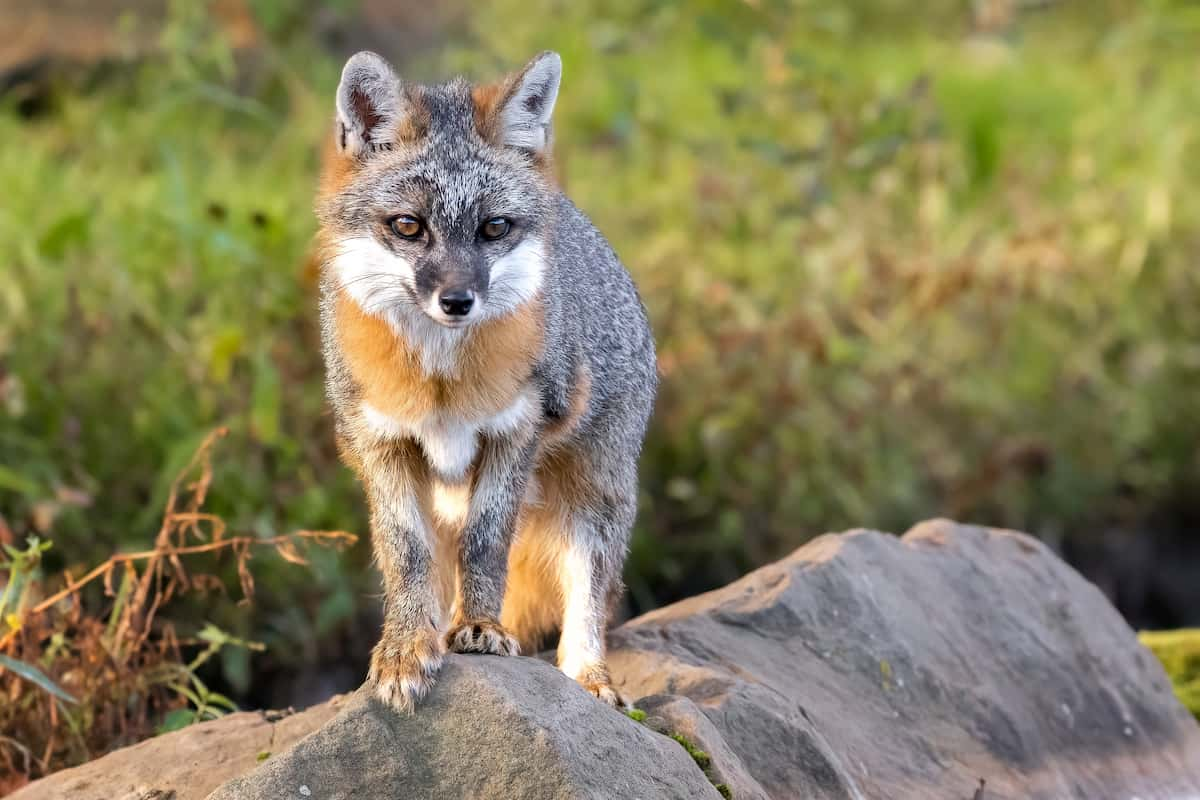
Gray Fox
Common Mammals:
White-tailed deer, nine-banded armadillo, raccoon, coyote, gray fox, Mexican free-tailed bat, eastern cottontail rabbit, bobcat
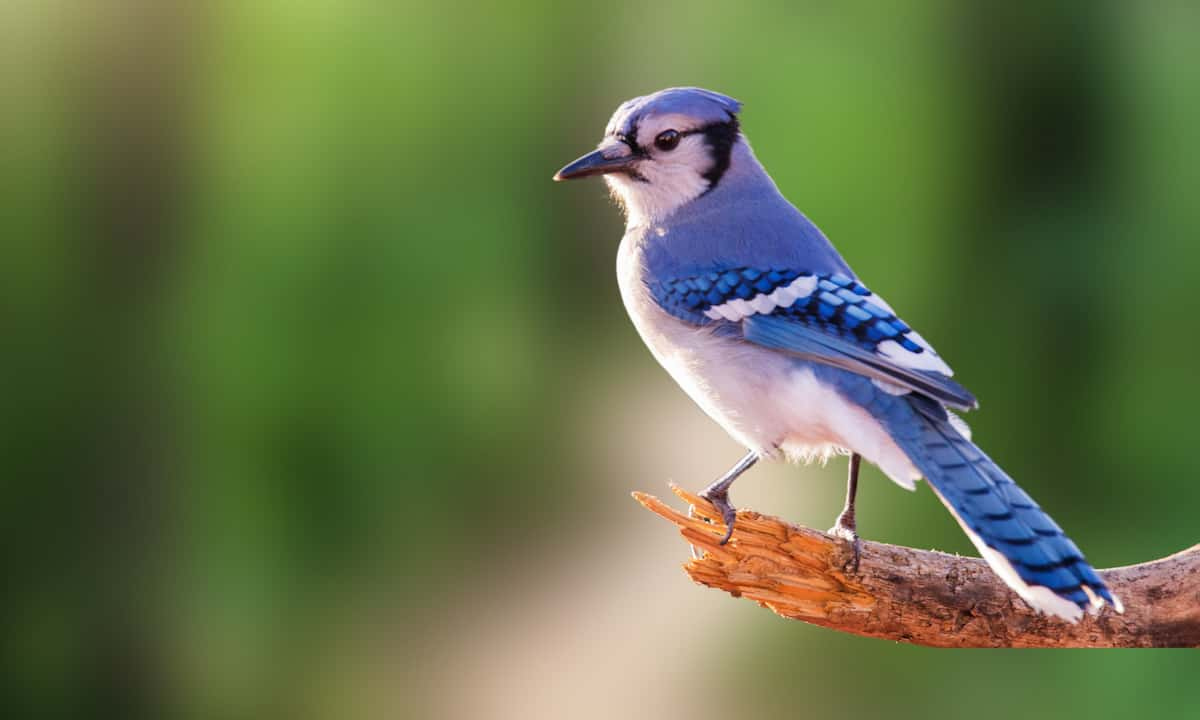
Blue Jay
Common Birds:
Northern mockingbird, mourning dove, northern cardinal, blue jay, great-tailed grackle, red-tailed hawk, scissor-tailed flycatcher, barn swallow, American robin, black vulture
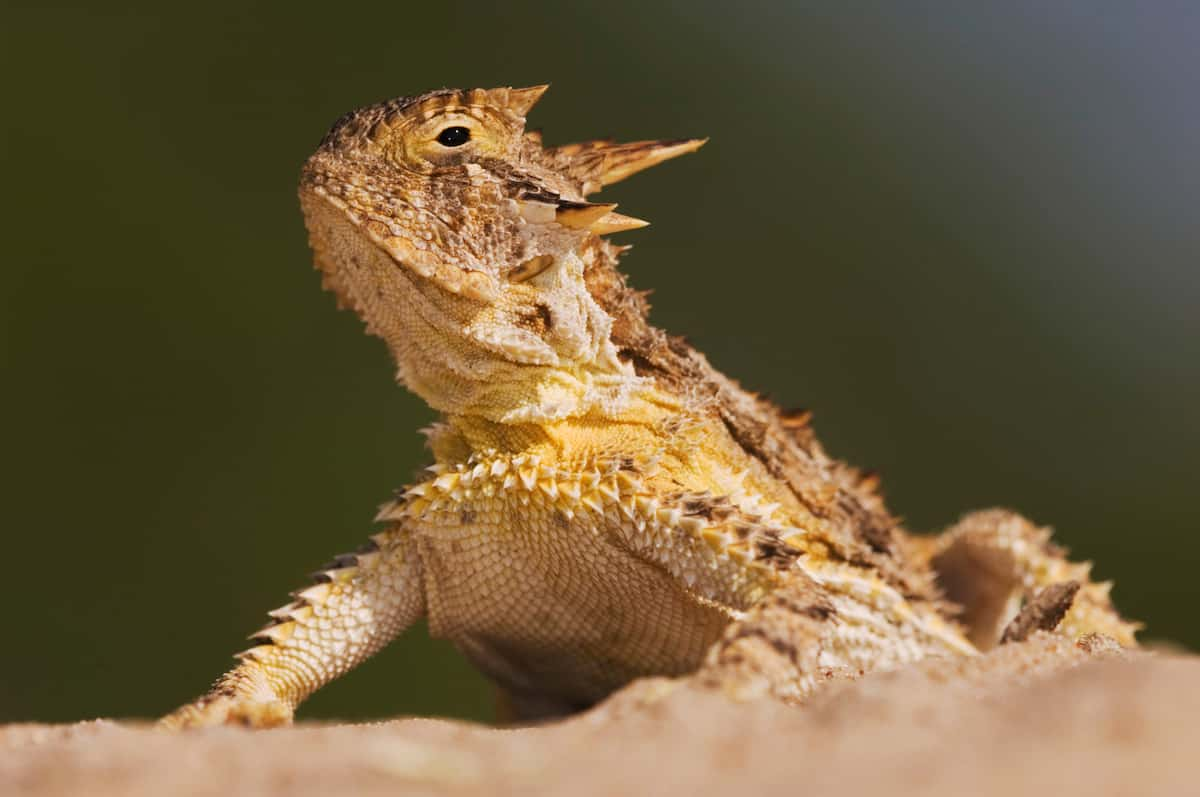
Texas Horned Lizard
Common Reptiles and Amphibians:
Texas horned lizard, green anole, Texas spiny lizard, western diamondback rattlesnake, American bullfrog, Gulf Coast toad
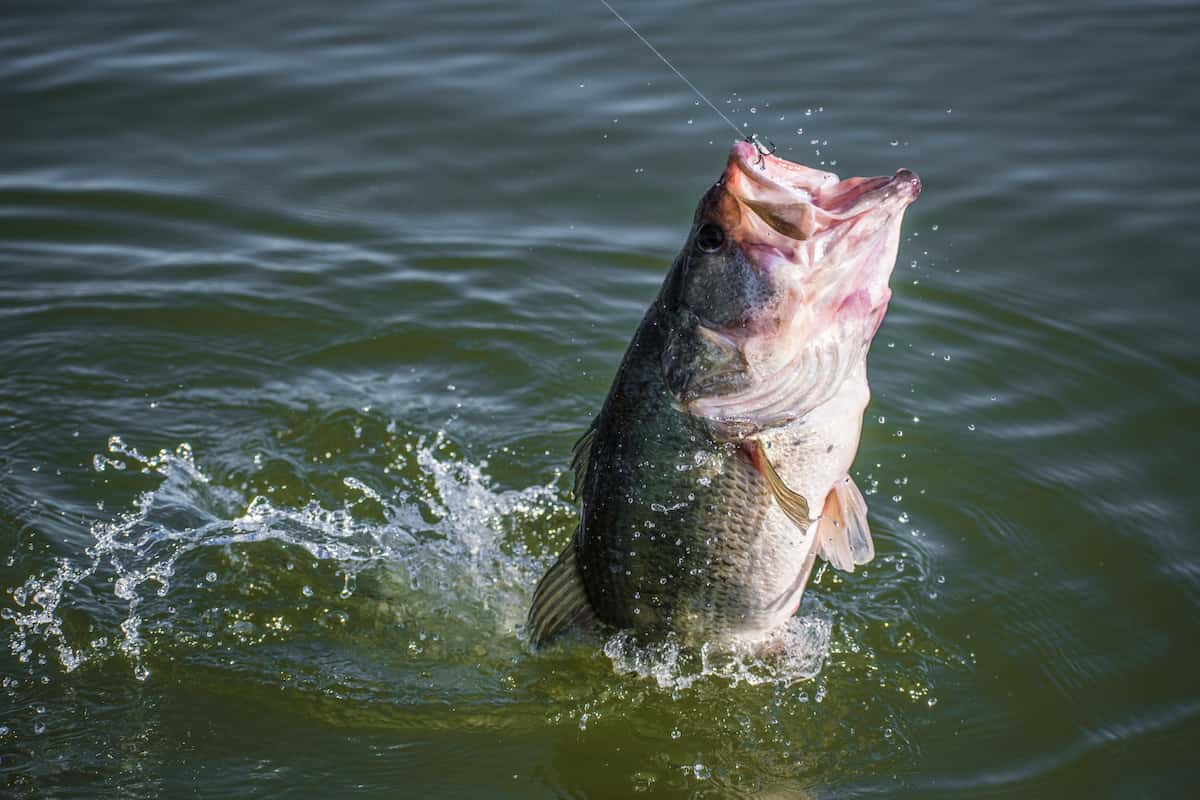
Largemouth Bass
Common Fish:
Largemouth bass, channel catfish, bluegill, white bass, crappie, red drum, spotted seatrout
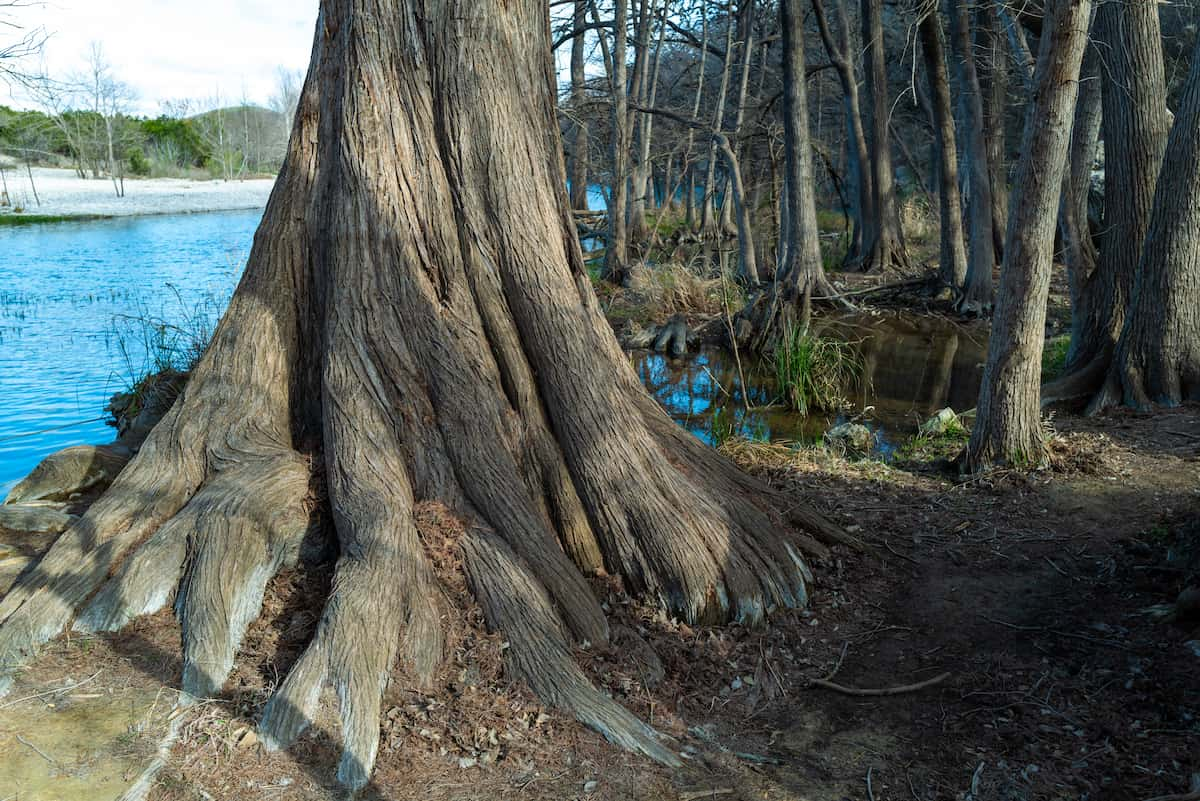
Bald Cypress
Common Trees:
Live oak, pecan tree, mesquite, bald cypress, eastern red cedar, ash juniper, Texas red oak
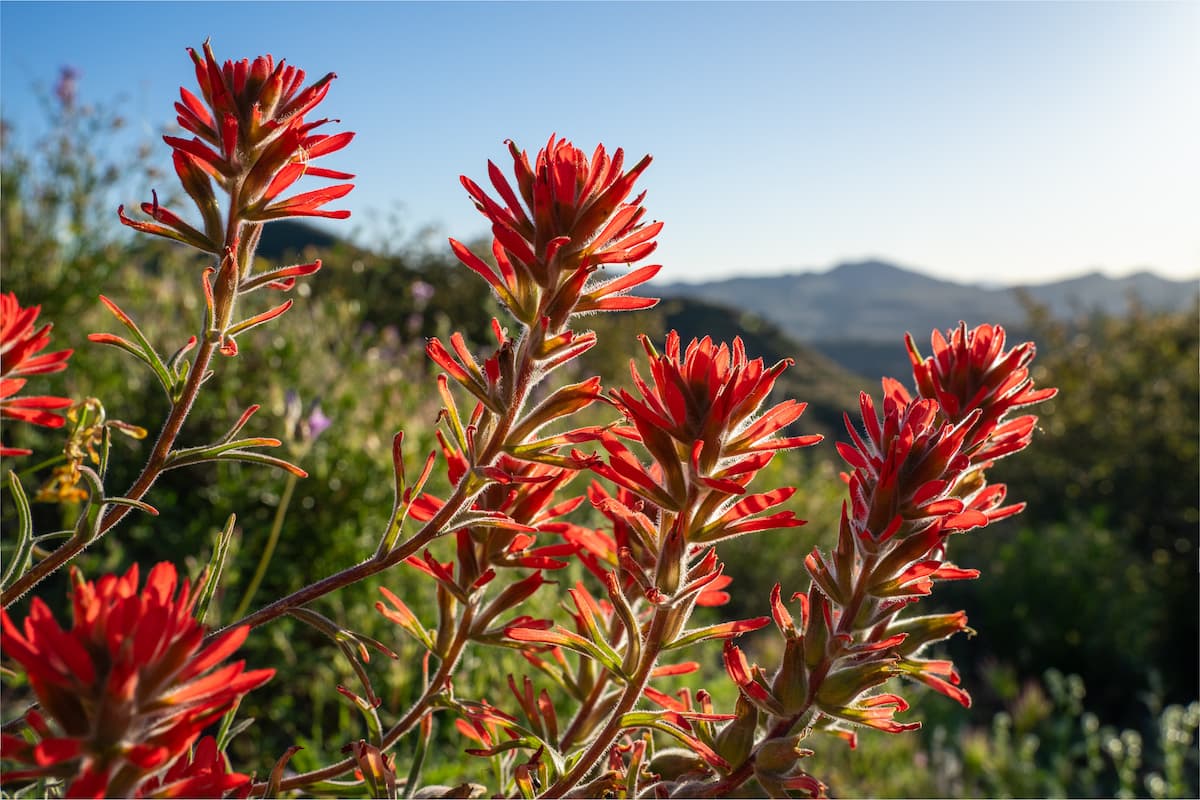
Indian Paintbrush
Common Plants and Flowers:
Bluebonnet, Indian paintbrush, Texas sage, prickly pear cactus, black-eyed Susan, yucca, little bluestem
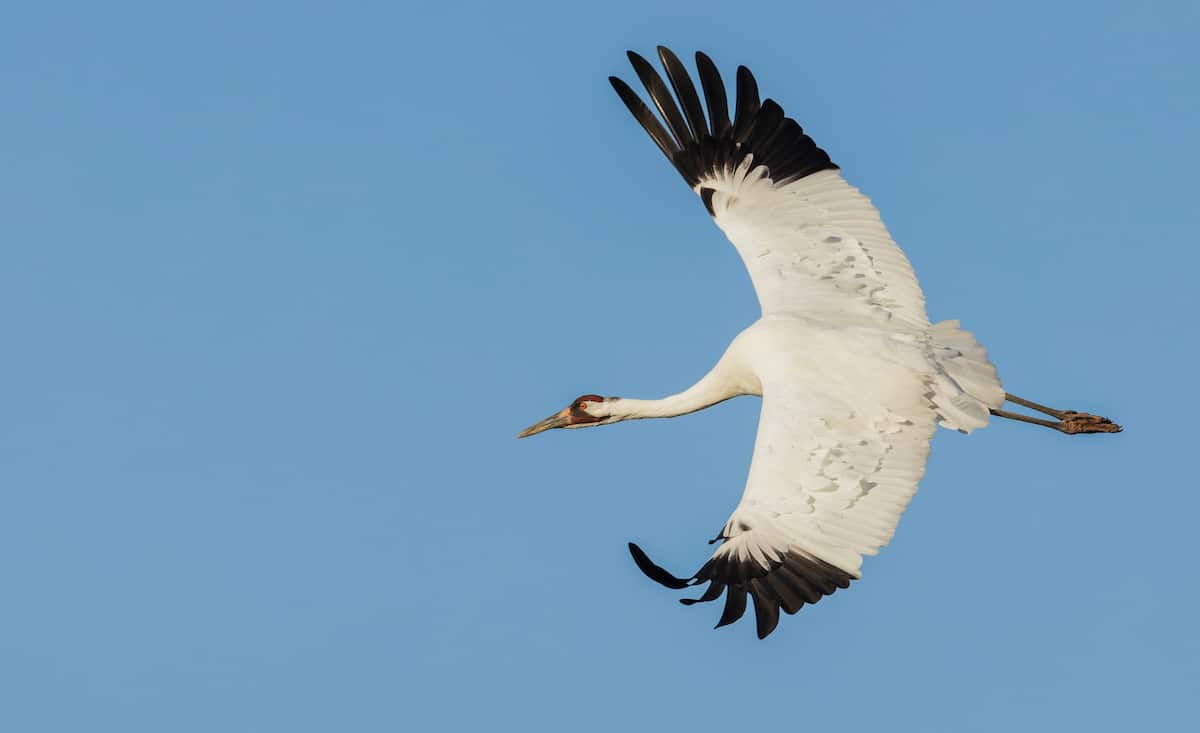
Whooping Crane
Selected Endangered Species:
Ocelot, whooping crane, Houston toad, Attwater’s prairie chicken, golden-cheeked warbler, jaguarundi, black-footed ferret
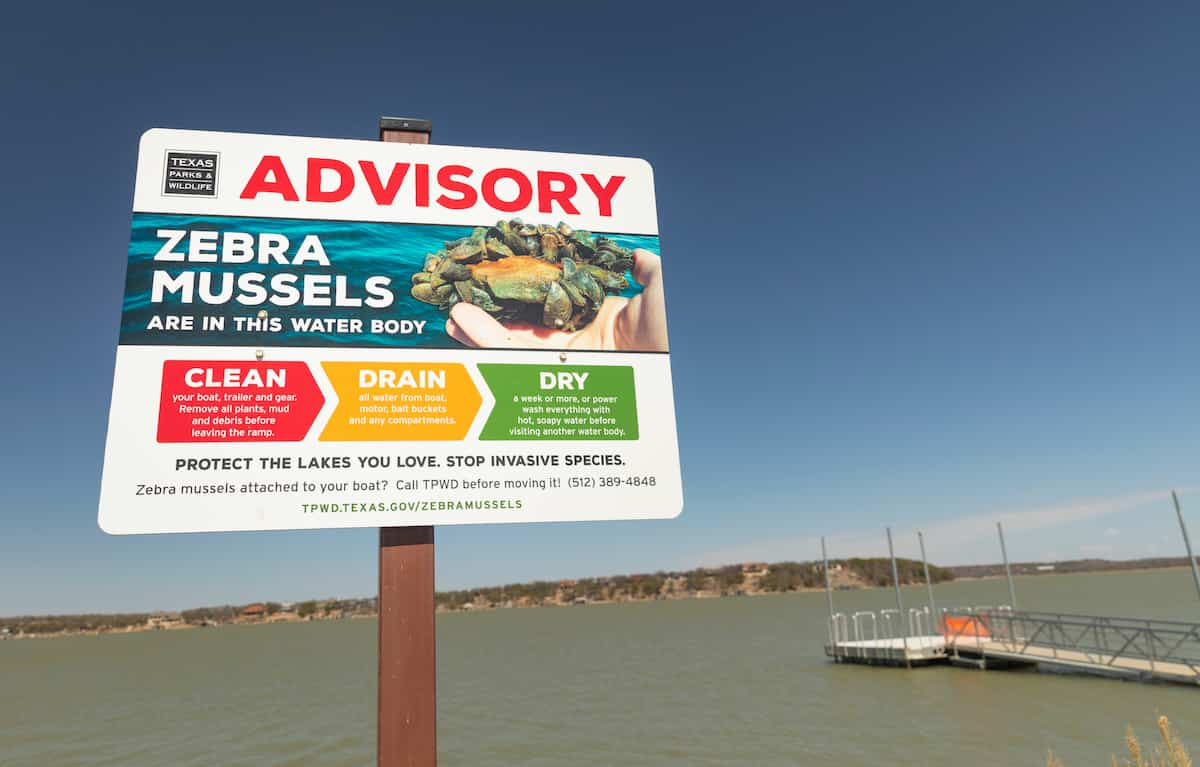
Lake Brownwood State Park
Selected Invasive Animal Species:
Zebra mussel, quagga mussel, emerald ash borer, giant African snail, feral hogs, fire ants, European starlings, nutria, hammerhead flatworms
?
DID YOU KNOW?
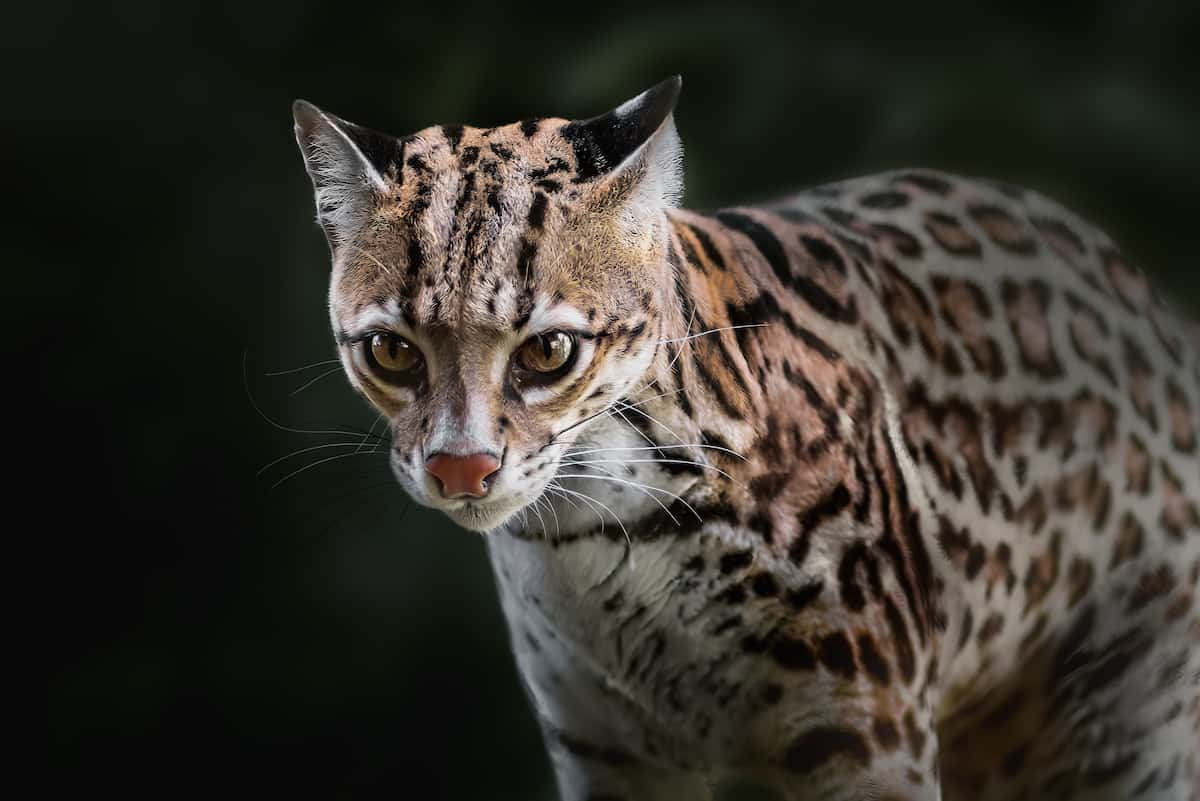
Ocelot
Ocelots, an endangered species of Texas, are around twice the size of the average house cat. They’re nocturnal, hunting at night for small prey that they swallow without even chewing!
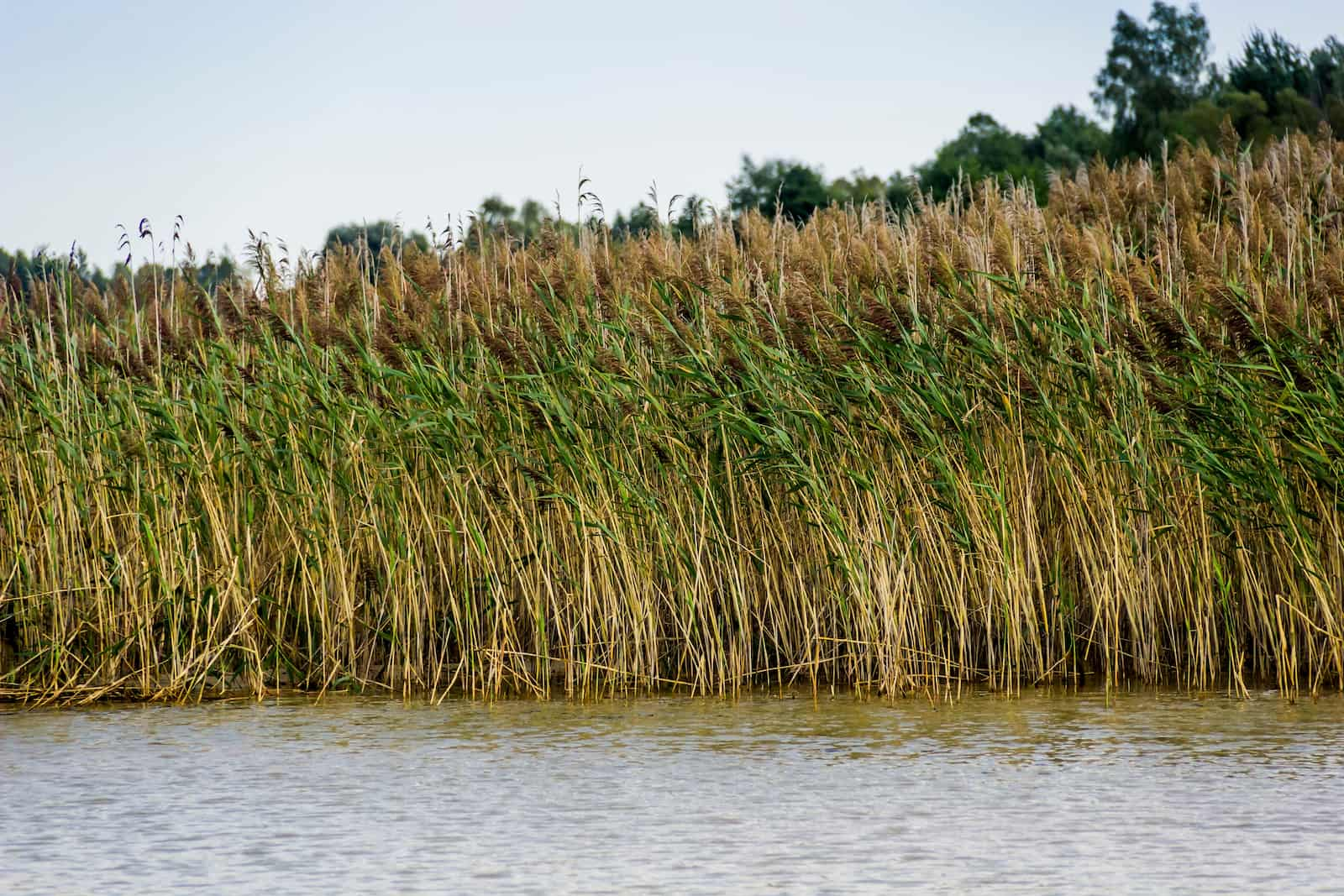
Giant Reed
Texas’ common invasive plant species include the tree of heaven, giant reed, hydrilla, common water hyacinth, bamboo, kudzu, chinaberry, salt cedar, and Chinese tallow tree. These fast-growing plants can disrupt local ecosystems and outcompete native species.

TEXAS HISTORY FACTS
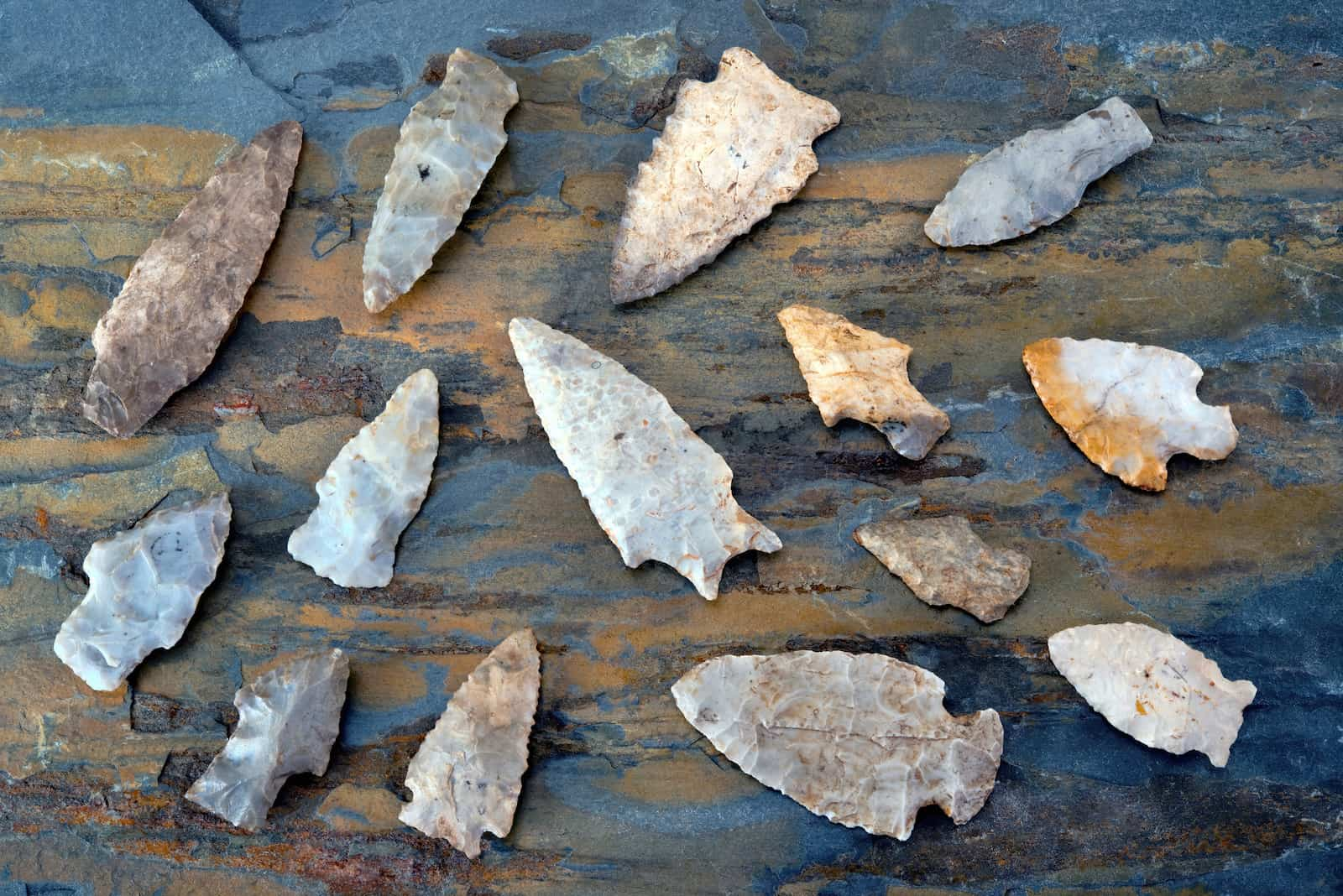
Arrowheads found in East Texas
First Inhabitants:
People first came to Texas more than 13,000 years ago. However, recent archaeological discoveries from the Debra L. Friedkin site suggests it may have been even earlier. These early inhabitants used stone tools to hunt animals like mammoths and giant sloths and pre-dated the Clovis culture, long thought to be the first known inhabitants of Texas.
?
DID YOU KNOW?
The Comanche moved into Texas from the Rocky Mountains in the 1700s after being pushed out of their original lands. Their skill with horses (brought by the Spanish) enabled them to control a huge territory for nearly 150 years, until the U.S. took their lands and forced them onto reservations in the 1860s and early 1870s.
Native Americans:
Texas has been home to many Native American tribes. The Caddo in East Texas were farmers who lived in villages and built large, round houses. The Comanche and Apache were strong horse riders who hunted buffalo on the plains. Along the coast, the Karankawa fished and traveled in canoes, while the Tonkawa hunted deer and gathered plants.
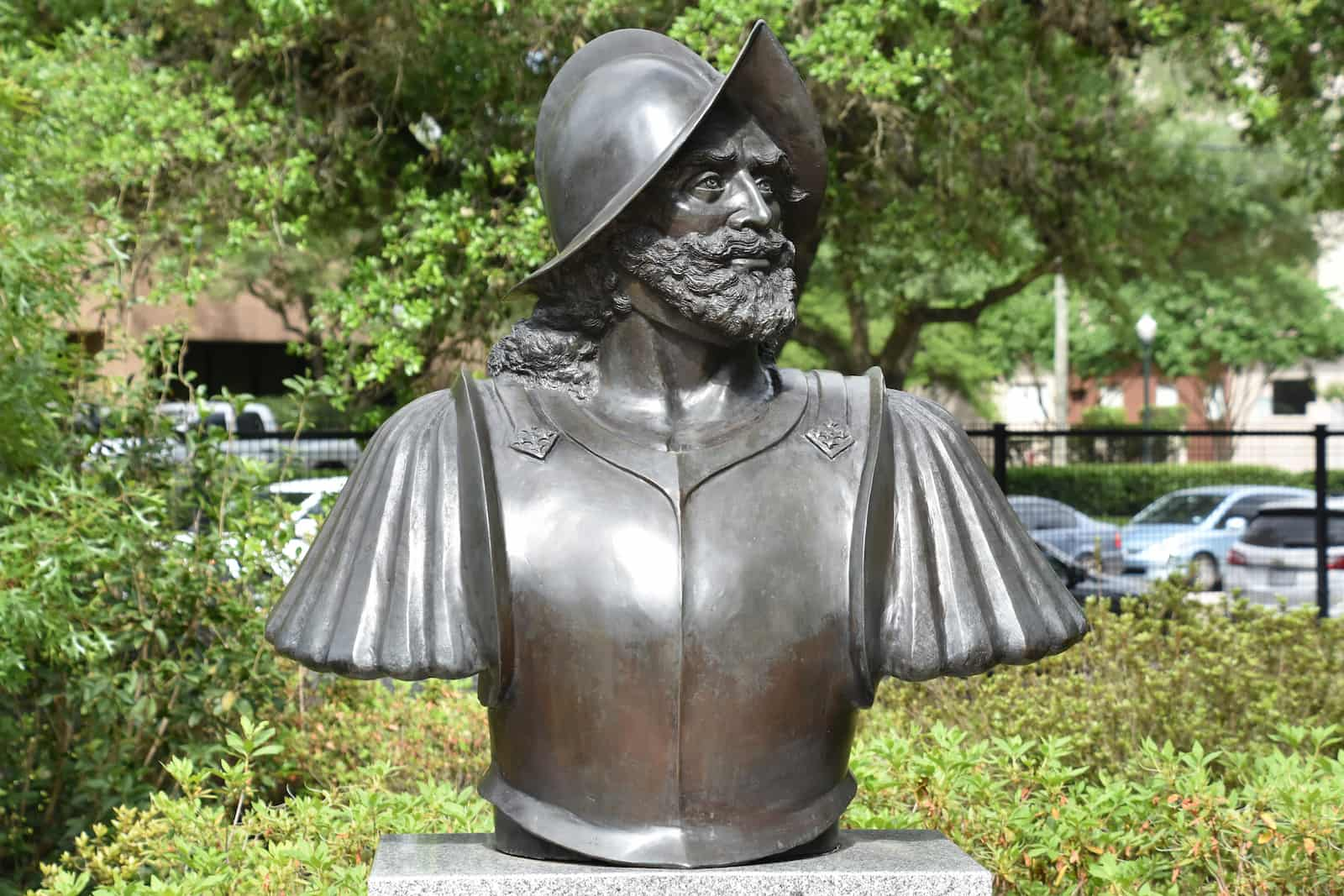
Alvar Nunez Cabeza De Vaca at Hawkins Sculpture
First European Visitor:
The first known European to set foot in what is now Texas was Spanish explorer Álvar Núñez Cabeza de Vaca. He arrived in 1528 after surviving a shipwreck off the coast and lived among the indigenous peoples for 8 years as he made his way throughout what would become Texas and down to Mexico City.
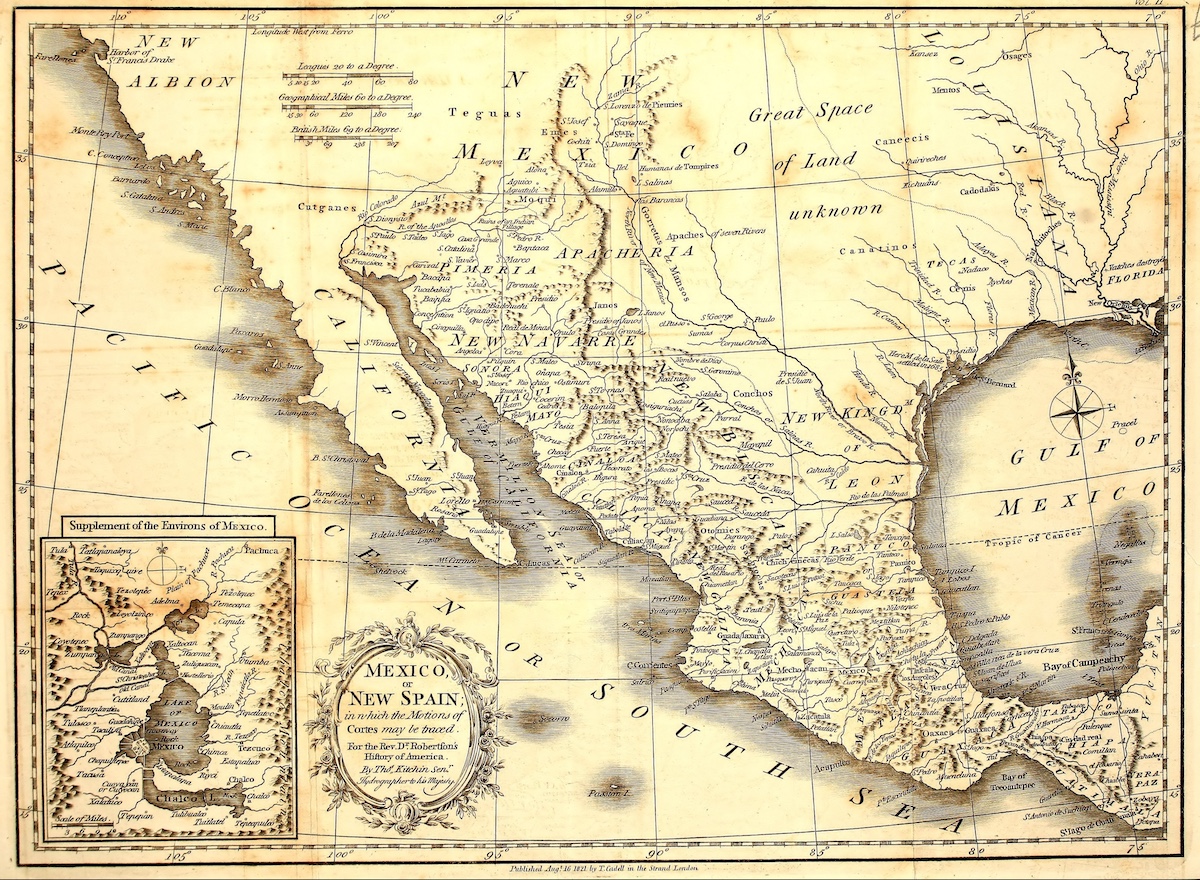
Early map of the area
New Spain:
Texas was part of New Spain, a huge Spanish colony in the Americas started in 1521. It included Mexico, the American Southwest, Florida, Central America, and parts of the Caribbean.
Mission System:
To control their land claims in New Spain and spread Christianity, the Spanish set up Catholic missions starting in the late 1600s. Missions were like religious community centers, where Native Americans were taught the Catholic faith as well as other European customs like farming.
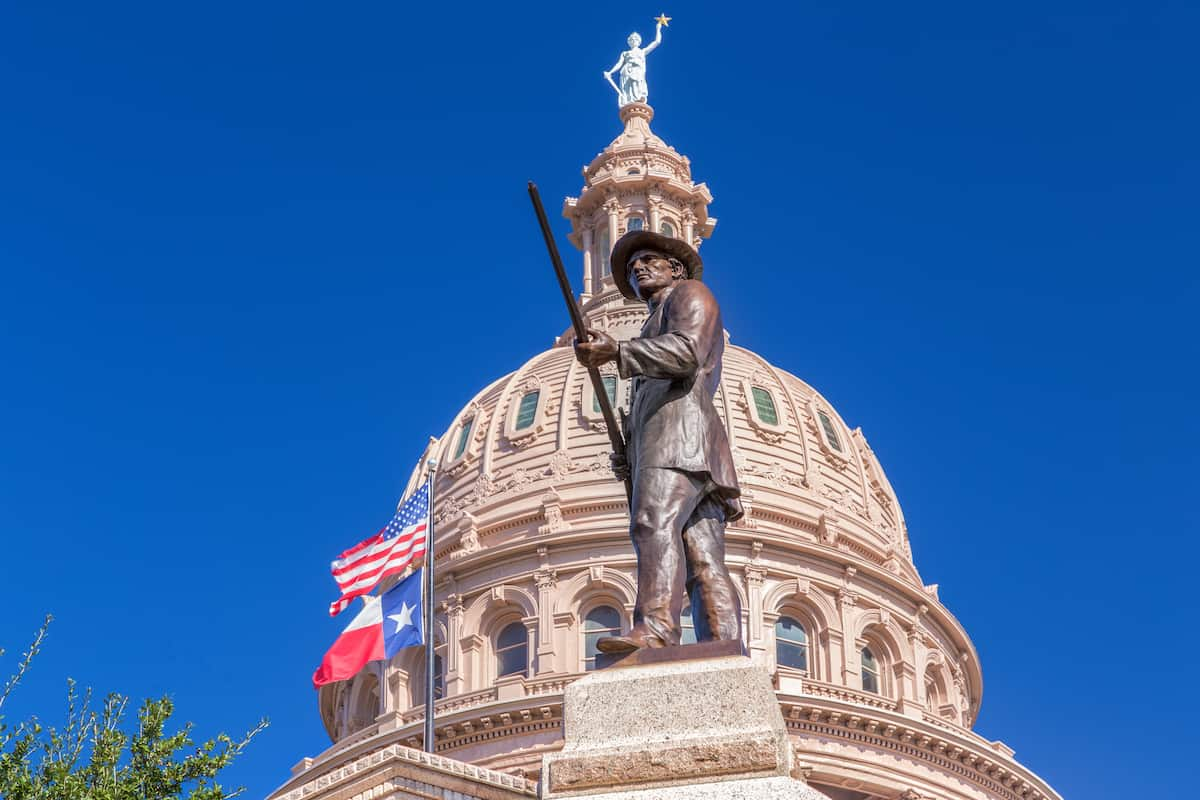
Heroes of the Alamo
Mexican Independence:
In 1821, after an 11-year war, Mexico won its independence from Spain. At the time, the land that would become Texas was still part of Mexico, along with the rest of what had been New Spain.

Texas State Capitol
Father of Texas:
In 1825, American Stephen F. Austin led a group of 300 families into Texas to begin a new settlement. These families became known as the “Old Three Hundred,” and Austin earned the nickname “Father of Texas.” Today, the state capital is named for him.
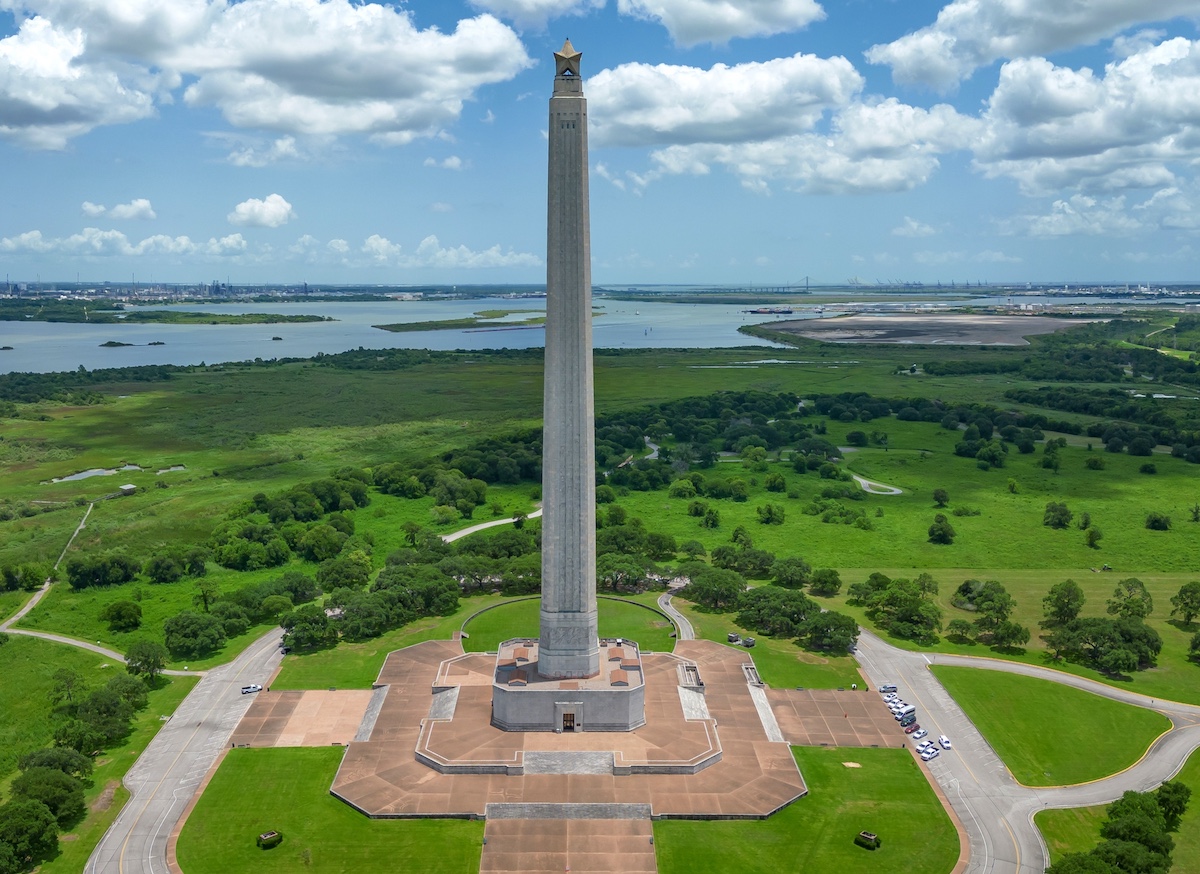
San Jacinto Battleground State Historic Site
Texas Revolution:
The new colonists often disagreed with the government of Mexico, wanting more control over the land and the people living there (including the ability to allow slavery, which had been abolished by Mexico in 1829). The Texas Revolution was fought in 1835-36, ending at the Battle of San Jacinto, when Sam Houston forced General Santa Anna to sign a treaty giving Texas its independence.
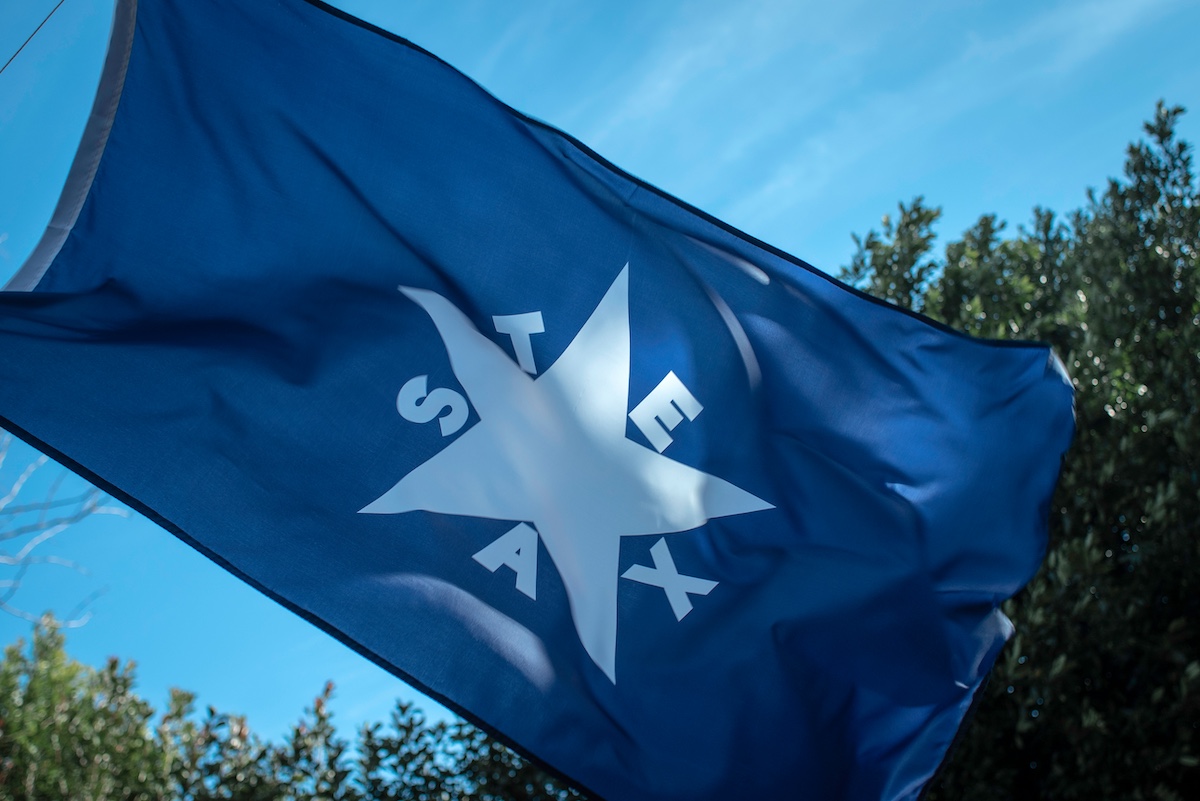
Replica of an 1836 Republic of Texas Flag
Republic of Texas:
From 1836 to 1845, Texas was an independent country with its own government, president, laws, and flag. The new government was closely modeled on the one established in the United States a few decades earlier.
?
DID YOU KNOW?
In 1836, a small group of Texan defenders, including James Bowie and Davy Crockett, fought bravely against a much larger Mexican army led by General Santa Anna at the Alamo, an old Spanish mission. Although the Texans lost, their story encouraged many people to support the Texans, with the cry “Remember the Alamo!”
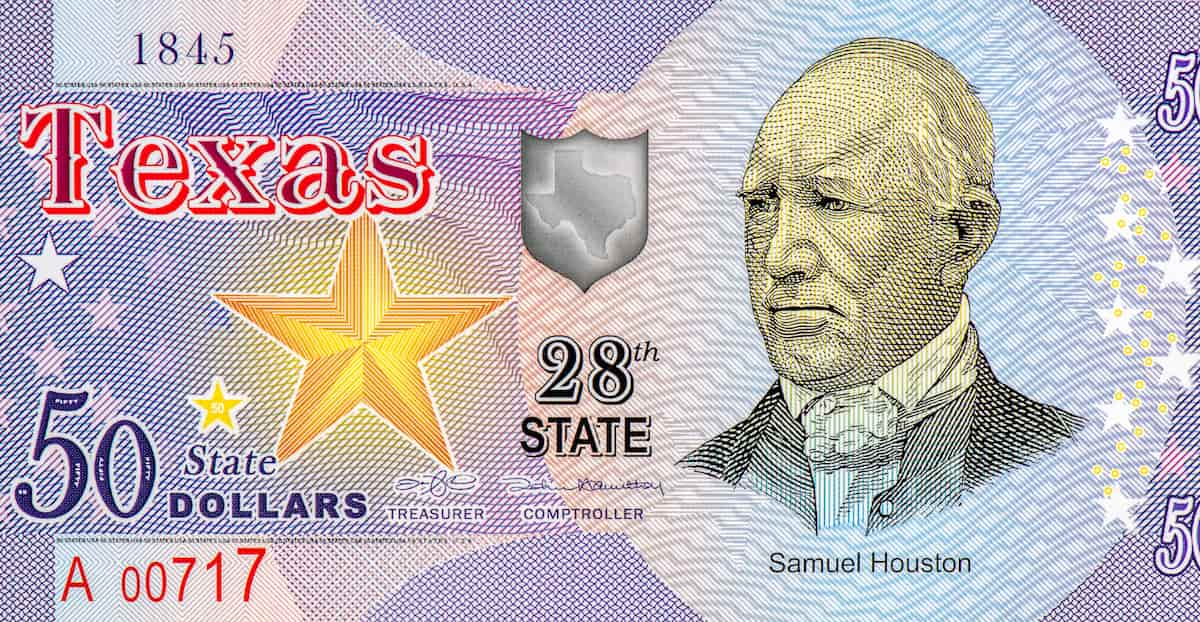
Samuel Houston on fictional $50 bill
U.S. Statehood:
The U.S. government had been trying to purchase Texas from Mexico since 1826, and many Americans came to Texas in the years following the Mexican War of Independence. Finally, on December 29, 1845, Texas was admitted to the U.S. as the 28th state.
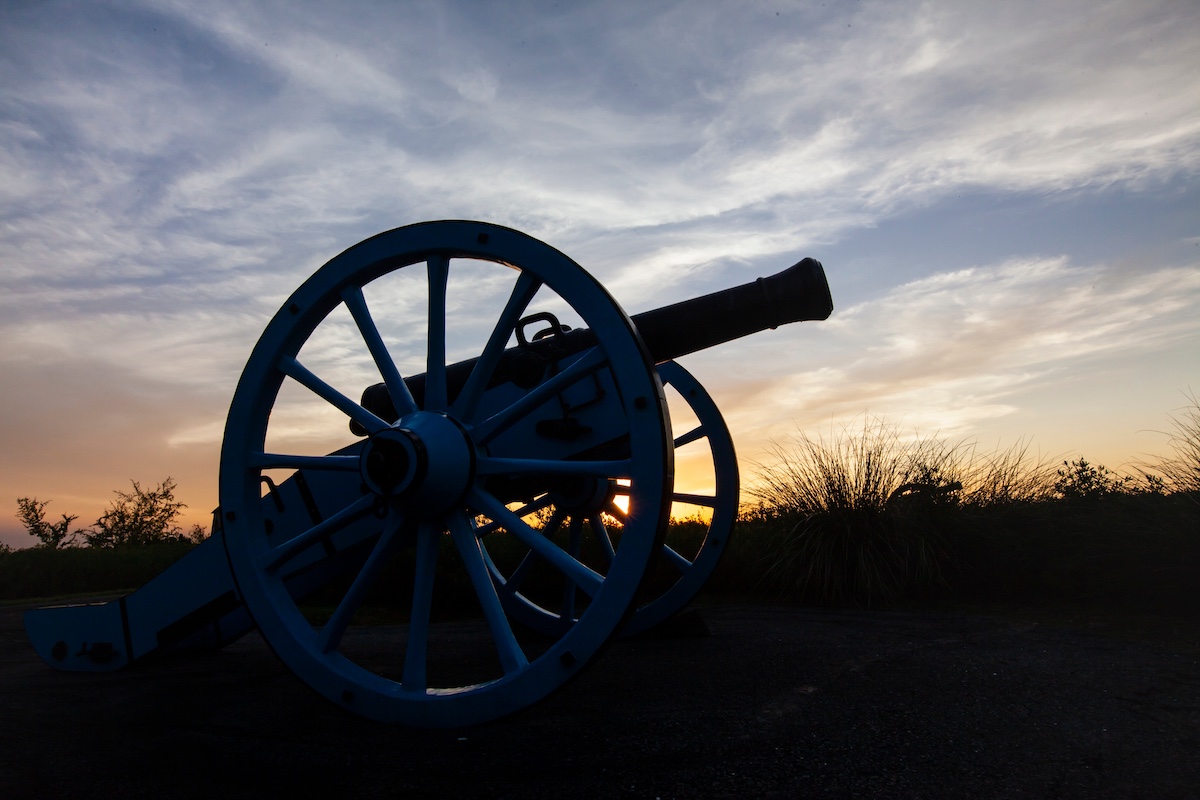
Canon, Palto Alto Battlefield, Texas
Mexican-American War:
The U.S. and Mexico went to war after a boundary dispute and other tensions following the annexation of Texas. Mexico lost and with the Treaty of Guadalupe Hidalgo, recognized the U.S. annexation of Texas and ceded what is now California, Nevada, Utah, most of Arizona, half of New Mexico, and parts of Colorado and Wyoming to the U.S.
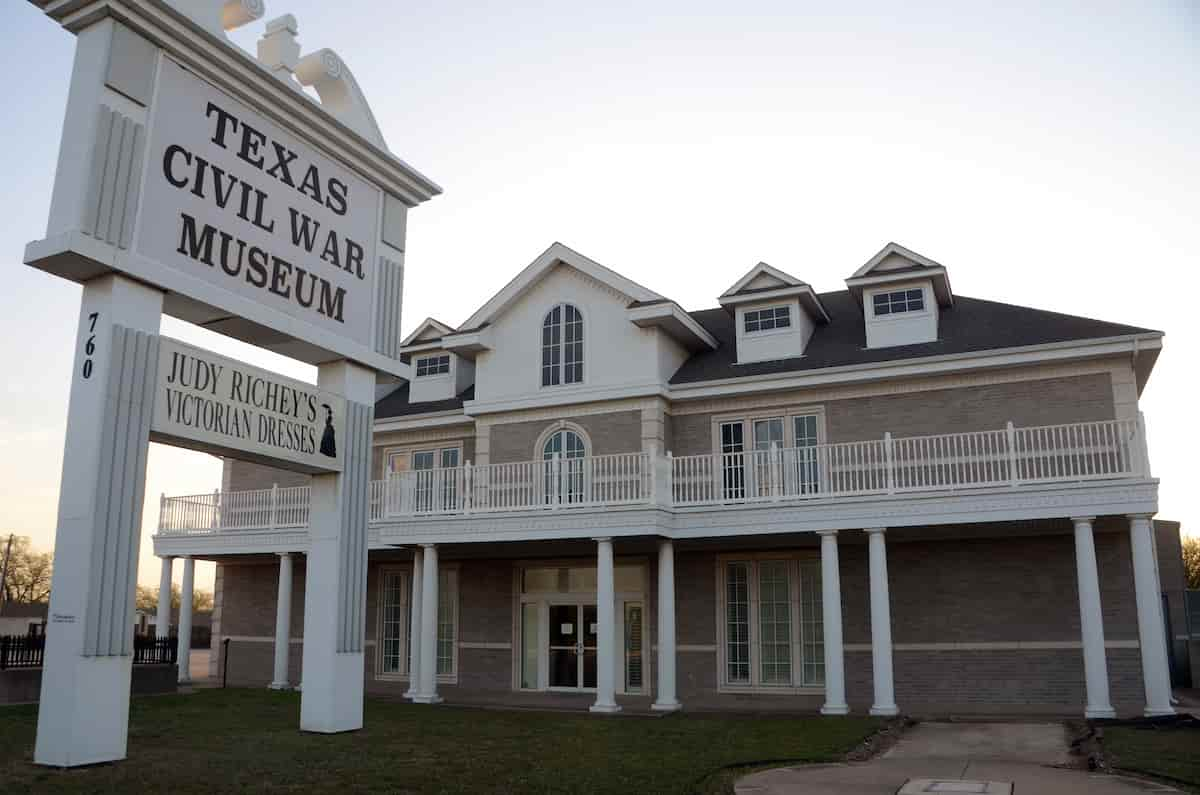
Civil War Museum in Fort Worth Texas
Civil War:
During the Civil War, Texas joined the Confederacy and fought alongside the southern states. Texans helped supply the Confederate army and fought in battles, including the Battle of Galveston in 1863.
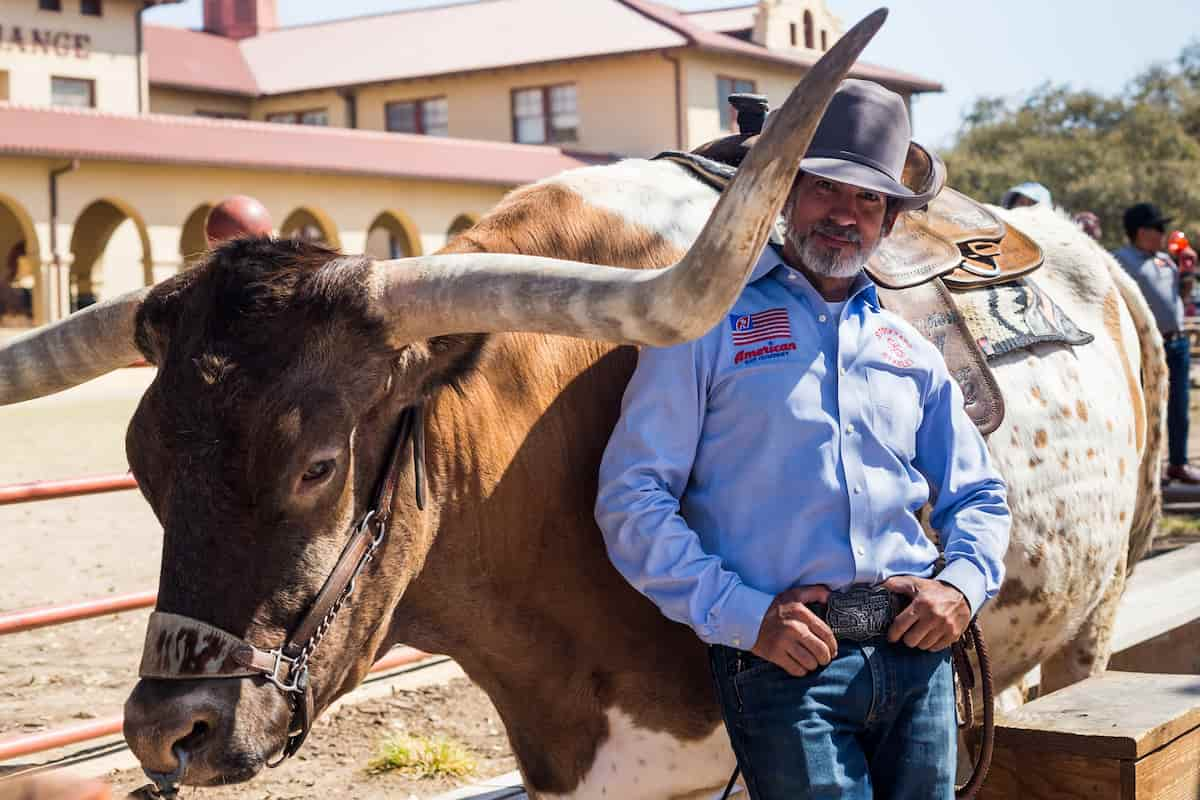
Texan cowboy with a Longhorn Bull
Longhorns and Cowboys:
The Spanish first brought cattle to Texas. Americans brought another breed when they arrived later, and the two breeds mixed to become today’s famous Texas Longhorns. The cowboy culture in Texas grew up around the massive cattle ranches that have long been a big part of the state.
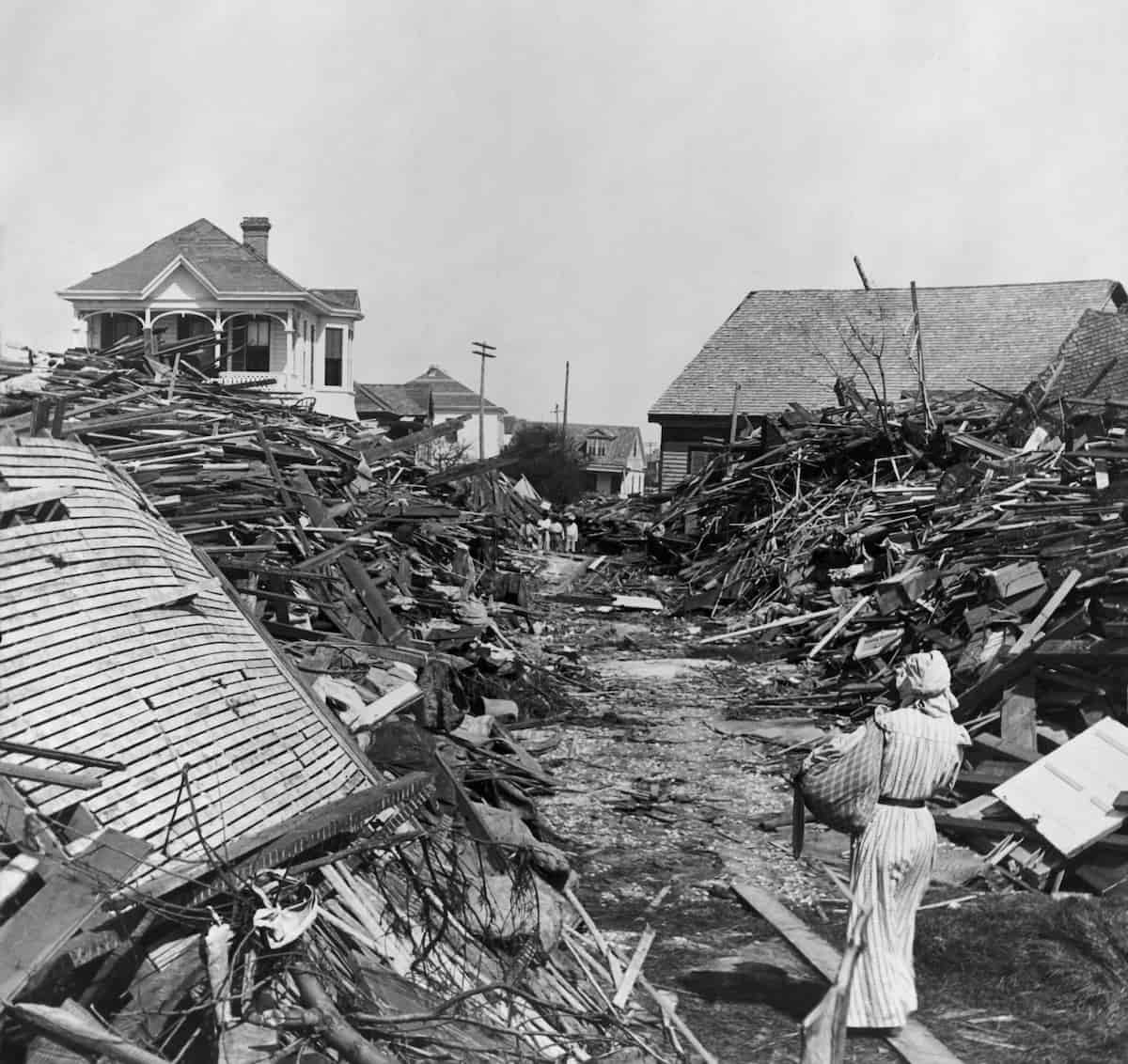
Debris of the 1900 Galveston Hurricane
Galveston Hurricane:
In 1900, an incredibly powerful hurricane struck Galveston. With no modern warning system in place, the city was completely destroyed and thousands of people died. It’s still the deadliest natural disaster in American history.
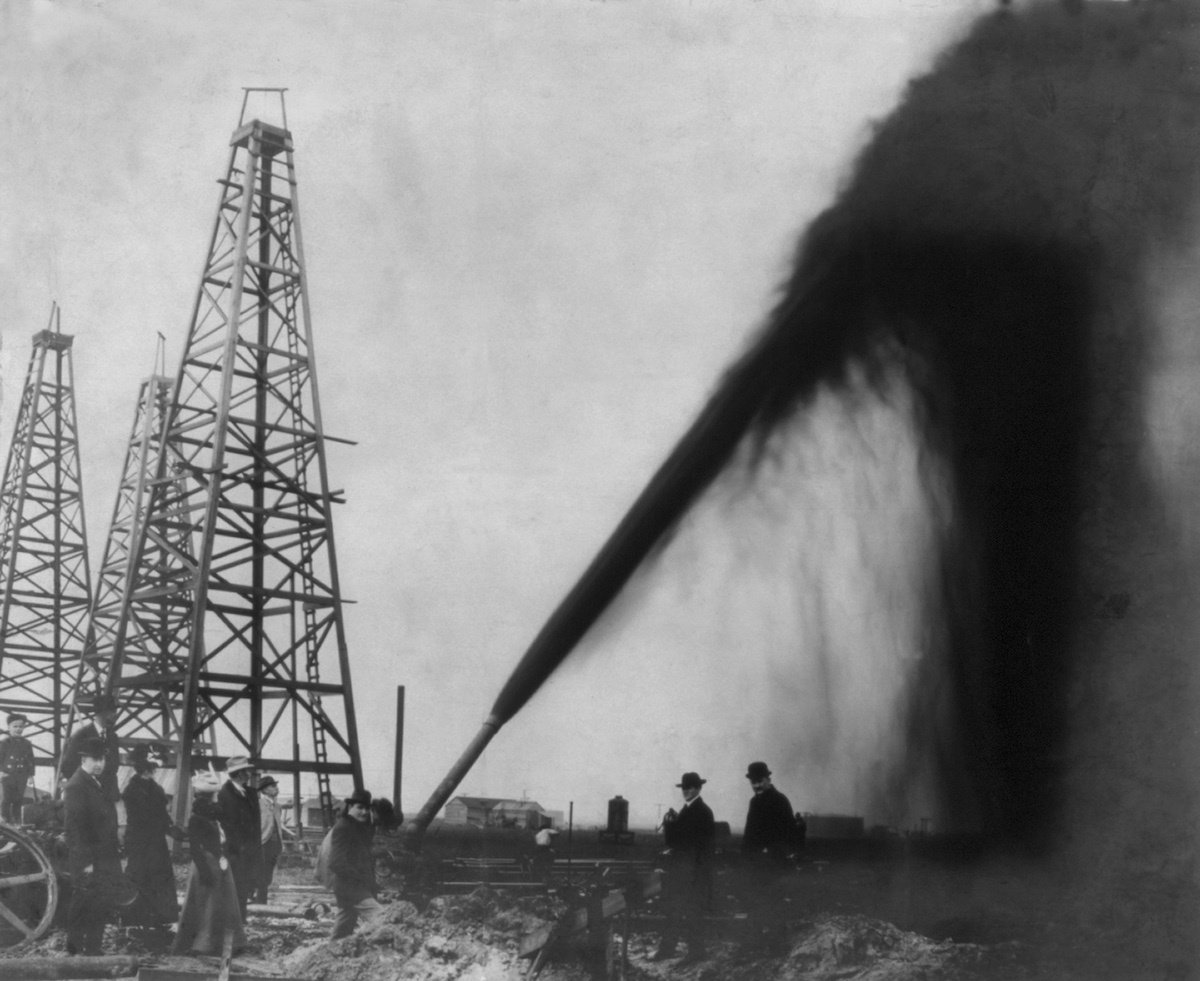
1901 Texas oil gush
Spindletop:
Texas’s history and economy changed forever when drillers struck oil at Spindletop, near Beaumont, in 1901. A geyser shot oil 100 feet into the air!
?
DID YOU KNOW?
Over 153,000,000 barrels of oil had been produced from the Spindletop fields by 1985. Today, Texas produces more oil than any other state by far—more than two billion barrels of oil in 2024.

More Activities…
-
30 Card Games That Teach Math (Free Printables)
Engaging card games that build math skills for preschool through 2nd grade—includes free printables to download and play anywhere.
-
Backyard Games for Kids (Free Printables)
Free printable backyard games for kids—fun group play for parties, camping, or everyday outdoor energy bursts.
-
Letter C Learning: Free Games, Printables, Crafts, and Song
Cc Letter C Learning: Free Games, Printables, Crafts, and Song Help your child learn the letter C with hands-on crafts, printables and coloring pages, and online…
-
50 Summer Activities for Kids to Keep Them Busy at Home
50 fun summer activities to keep kids busy at home—from outdoor games to crafts, cooking, and quiet-time ideas!
-
Simple and Creative Summer Crafts for Kids
Easy summer crafts for kids using paper, paint, and hands-on fun to explore letters, nature, and creativity with simple supplies.
-
Letter X Crafts and Activities for Preschoolers
Explore fun, hands-on letter X crafts and activities perfect for preschool learning with simple supplies and free printables.





